Shop Abstract Art: The Plan to the Madness of No Design
Art is often viewed as a form of expression, a way to communicate emotions, experiences, and visions that transcend words. Abstract art, in particular, is a fascinating form of this expression. It challenges the viewer's expectations by breaking away from traditional representational art and instead embracing shapes, colors, and textures that don’t immediately tie into the physical world. As a result, abstract art can seem like an organized chaos or madness, but beneath that surface, there’s always a method, a plan. If you’re ready to shop abstract art online, this article will guide you through the world of abstract art, its rich history, and how to find the perfect piece for your space, including the works of emerging artists.
What Is Abstract Art?
At its core, abstract art is any artwork that does not attempt to represent reality directly. Instead, it uses shapes, colors, and forms that may or may not suggest something familiar, but ultimately, it is up to the viewer’s interpretation. This departure from traditional art is often referred to as the "plan to the madness" of no design, as abstract art can appear chaotic or spontaneous yet often carries a deep, organized intention.
One of the beautiful aspects of abstract art is that it doesn’t need to look like anything we recognize in the world. It’s about emotion, movement, and sometimes pure creativity. The ambiguity of abstract art invites the viewer to engage with it in a personal way, bringing their emotions and experiences into the interpretation of the piece. When you shop abstract art online, you're not just buying a painting; you're engaging with a concept, a philosophy, and a mood.
A Brief History of Abstract Art
Understanding the evolution of abstract art is key to appreciating it fully. The roots of abstract art can be traced back to the early 20th century, although elements of abstraction have appeared in art for centuries. Let’s explore how abstract art came to be and the key players who made it what it is today.
The Beginnings of Abstract Art
While abstraction didn’t emerge as a dominant style until the early 1900s, elements of abstraction can be found in the works of artists like Vincent van Gogh and Paul Cézanne. These artists moved away from precise depictions of reality, embracing brushwork, texture, and forms that offered a new way of seeing the world.
However, the true break from representational art came with the work of Wassily Kandinsky. Kandinsky, a Russian painter, is often credited as one of the first artists to create purely abstract works. In his view, abstraction was a spiritual pursuit—art was a means of transcending the physical world and reaching the divine.
The Rise of Abstract Expressionism
The 1940s and 1950s saw the rise of Abstract Expressionism, particularly in the United States. This movement was characterized by its spontaneous, emotional, and often chaotic approach to painting. Artists like Jackson Pollock, Mark Rothko, and Barnett Newman became household names as they created works that prioritized the rawness of emotion over any semblance of structure or design.
Pollock’s "drip" paintings, in which he poured and dripped paint onto large canvases, challenged conventional notions of composition and control. Rothko’s use of large fields of color aimed to evoke deep emotional responses in the viewer, while Newman’s work sought to explore themes of existentialism and human isolation.
Abstract Expressionism, with its focus on the unconscious mind and personal emotion, is a major chapter in the history of abstract art. It set the stage for many of the modern abstract artists who followed and continues to influence art today.
The Influence of Minimalism
In the 1960s, Minimalism emerged as a response to the emotional intensity of Abstract Expressionism. Minimalist artists sought to strip away any extraneous elements and focus on the purity of form and color. Artists like Donald Judd, Frank Stella, and Agnes Martin created works that emphasized simplicity and precision, often using geometric shapes and clean lines.
Minimalism moved away from the chaotic nature of earlier abstract movements and instead embraced order and structure. These artists sought to create works that were free from personal expression and external symbolism, focusing purely on the formal aspects of art.
Key Figures in Abstract Art
If you are looking to buy abstract paintings, it’s helpful to understand the figures who have shaped the genre. Let’s take a look at some of the key artists who have contributed to the evolution of abstract art:
Wassily Kandinsky
Often called the father of abstract art, Kandinsky’s work paved the way for many abstract movements. His belief in the spiritual nature of art and his focus on color theory helped define the early years of abstraction. His pieces are often characterized by bold shapes, vivid colors, and a sense of movement, all of which invite deep emotional engagement.
Jackson Pollock
Pollock is known for his revolutionary drip paintings that captured movement and energy in a way no one had seen before. His chaotic, gestural brushstrokes were not just a method of creating art, they were a manifestation of his inner turmoil and emotional state. Pollock’s work demonstrated that abstraction didn’t have to be structured. It could be wild and free, and still hold deep meaning.
Mark Rothko
Rothko’s large, color-field paintings are among the most recognizable in the world of abstract art. His use of large swaths of color, often in subtle, meditative combinations, invites viewers to contemplate their own emotional responses. Rothko’s work is often associated with spirituality and the search for meaning, making his paintings a powerful part of any art collection.
Paul "Po" Morabito: An Emerging Artist
While many of the greats have already shaped the landscape of abstract art, new voices continue to emerge. One such artist is Paul "Po" Morabito. Known for his bold use of color and unique approach to composition, Morabito’s work blends traditional abstraction with a contemporary twist. His pieces are rich in texture, offering viewers a chance to connect with the deeper meaning behind the seemingly chaotic forms.
Morabito’s abstract paintings explore the interplay between form, color, and emotion, and his use of vivid color schemes makes his work stand out in any collection. Whether you’re new to the world of abstract art or are a seasoned collector, his works are a perfect way to start or expand your collection.
Other Emerging Abstract Artists
In addition, there are countless other emerging artists who are pushing the boundaries of abstract art. Many of them are blending traditional abstract forms with modern technology, new media, and fresh perspectives. These artists are taking the foundations laid by pioneers and reinterpreting them for the current generation, which ensures that abstract art continues to evolve.
When you shop art, don’t forget to look out for these new voices in the abstract art scene. You may just discover your next favorite artist, whose work speaks to you in unexpected ways.
Types of Abstract Art
Now that we’ve explored some key figures and movements, let’s take a closer look at some different types of abstract art. Understanding the variety of approaches to abstraction can help guide your decision when you shop abstract art online.
1. Geometric Abstraction
This style of abstraction uses geometric shapes and forms such as squares, circles, and triangles to create compositions. Artists like Piet Mondrian and Frank Stella are known for their minimalist, grid-based work that emphasizes order, precision, and the relationship between shapes. If you prefer clean lines and structured compositions, geometric abstraction is a great style to explore when you shop art.
2. Color Field Painting
Color field painting is a style of abstraction that focuses on large, flat areas of color. Artists like Mark Rothko and Barnett Newman used color fields to evoke emotional responses from the viewer. The simplicity of these works allows the color to take center stage, creating an immersive experience. If you're looking to add an emotional depth to your space, buy abstract paintings in this style.
3. Gestural Abstraction
Gestural abstraction is all about movement and expression. Artists like Jackson Pollock and Willem de Kooning used bold, energetic brushstrokes to create paintings that felt spontaneous and raw. If you enjoy art that feels alive and dynamic, gestural abstraction may be the style you’ll want to explore. The unpredictability of these pieces can bring a sense of excitement to any room.
4. Abstract Surrealism
While surrealism is often associated with dream-like, fantastical images, abstract surrealism blends the dream world with abstraction. Artists like Joan Miró and Yves Tanguy used abstract forms and organic shapes to evoke the subconscious mind. If you’re interested in a more imaginative approach to abstraction, abstract surrealism might be your perfect match when you shop abstract art online.
How to Choose the Perfect Abstract Art for Your Space
When you decide to shop abstract art, the process of selecting the right piece can be both exciting and daunting. Here are a few tips to help you make the right choice for your space:
1. Consider Your Space
Before purchasing abstract art, think about where the piece will hang. Larger pieces work well in spacious areas like living rooms or dining rooms, while smaller pieces may be perfect for hallways or bedrooms. The size of the artwork should complement the room's dimensions and layout.
2. Think About the Mood You Want to Create
Different abstract art styles evoke different moods. For example, color field paintings may create a calming, peaceful atmosphere, while gestural abstraction may bring energy and drama to a room. Think about the mood you want to create in your space and choose art that aligns with that vision.
3. Go With Your Gut
Abstract art is about personal interpretation. Don’t be afraid to trust your instincts and choose a piece that speaks to you, even if you’re not sure why. Often, the best art resonates on an emotional level, so if a piece grabs your attention, go with it.
Shop Abstract Art and Embrace the Madness
Abstract art may seem like a wild, chaotic expression of creativity, but as we've learned, it’s a carefully considered, deeply meaningful form of art. By understanding the different types of abstract art and exploring its history, you'll be better equipped to shop abstract art online and buy abstract paintings that not only enhance your home but also resonate with you on a personal level.
Whether you’re drawn to the structured elegance of geometric abstraction or the emotional intensity of gestural works, abstract art offers endless possibilities for personal expression and creativity. As new artists like Paul "Po" Morabito continue to shape the future of abstract art, there's always something fresh and exciting to discover in the world of abstraction. Buy paintings at CycloneSale.com for all your collecting needs today. So, the next time you’re looking to shop art, embrace the plan to the madness and find the perfect abstract piece that speaks to you.


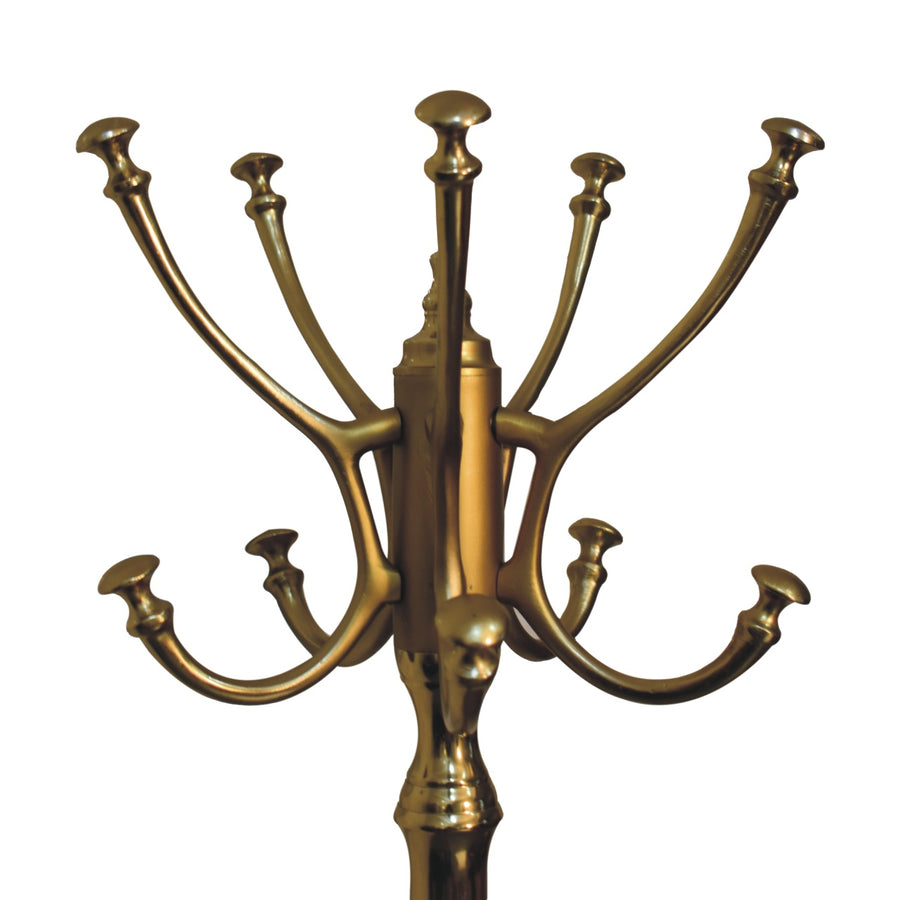
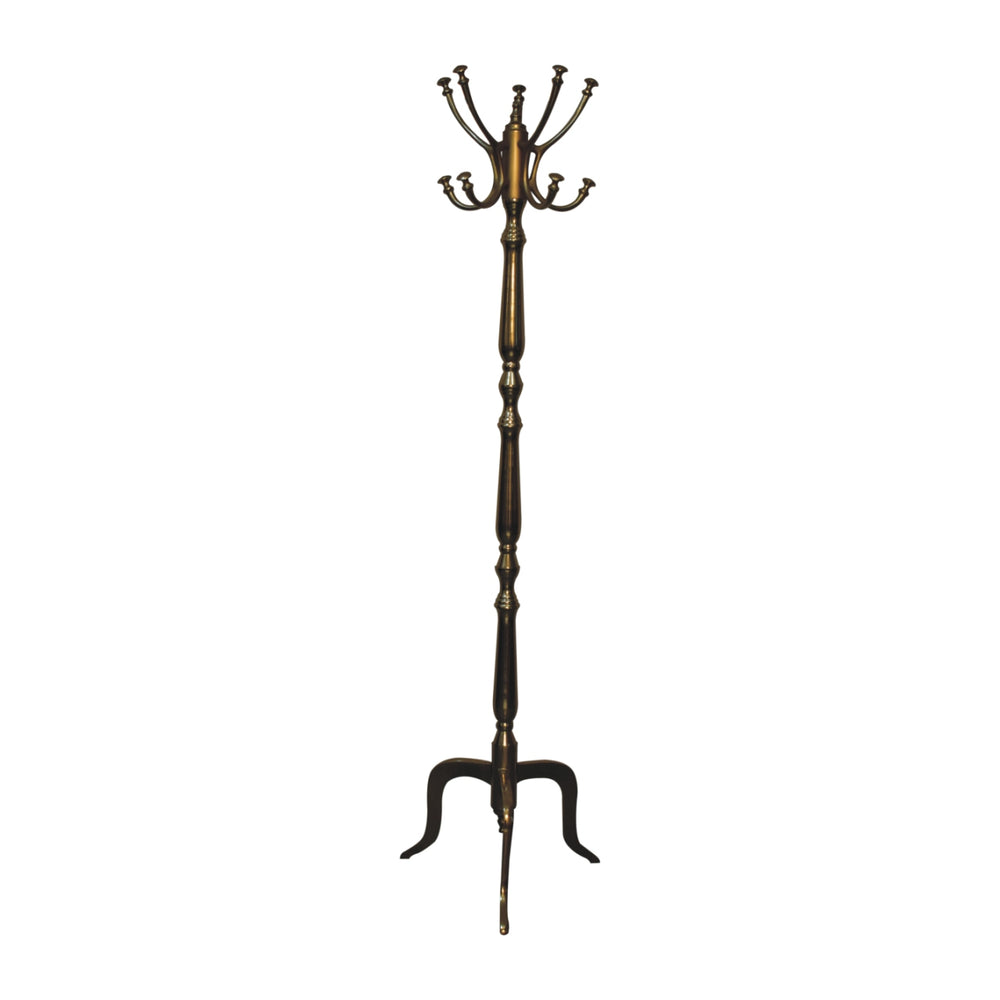
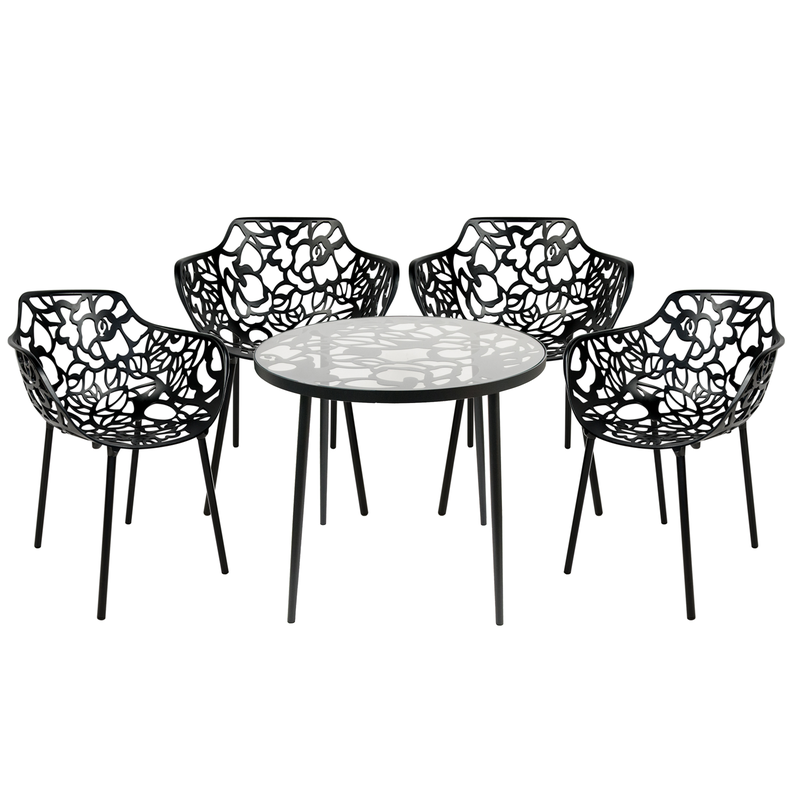
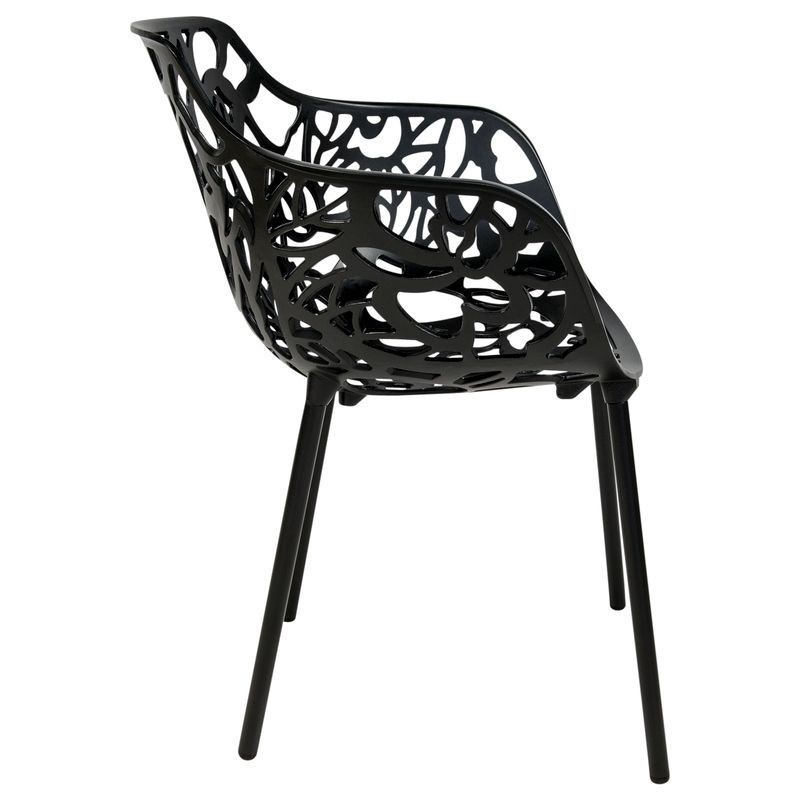


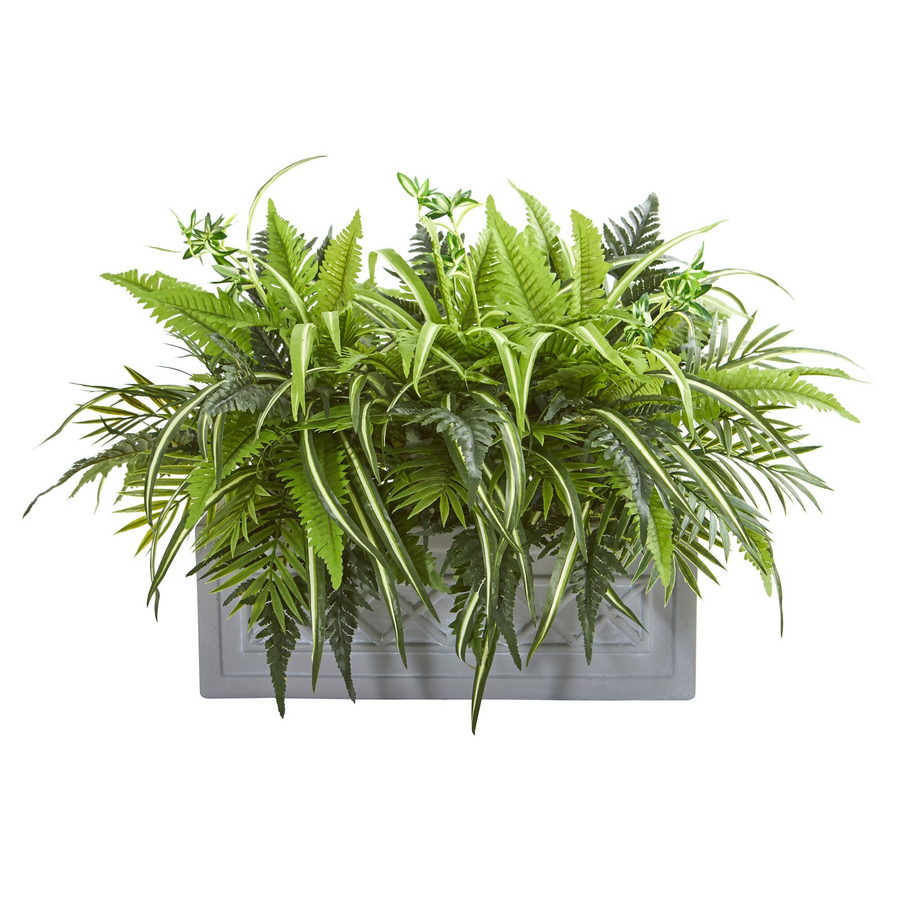

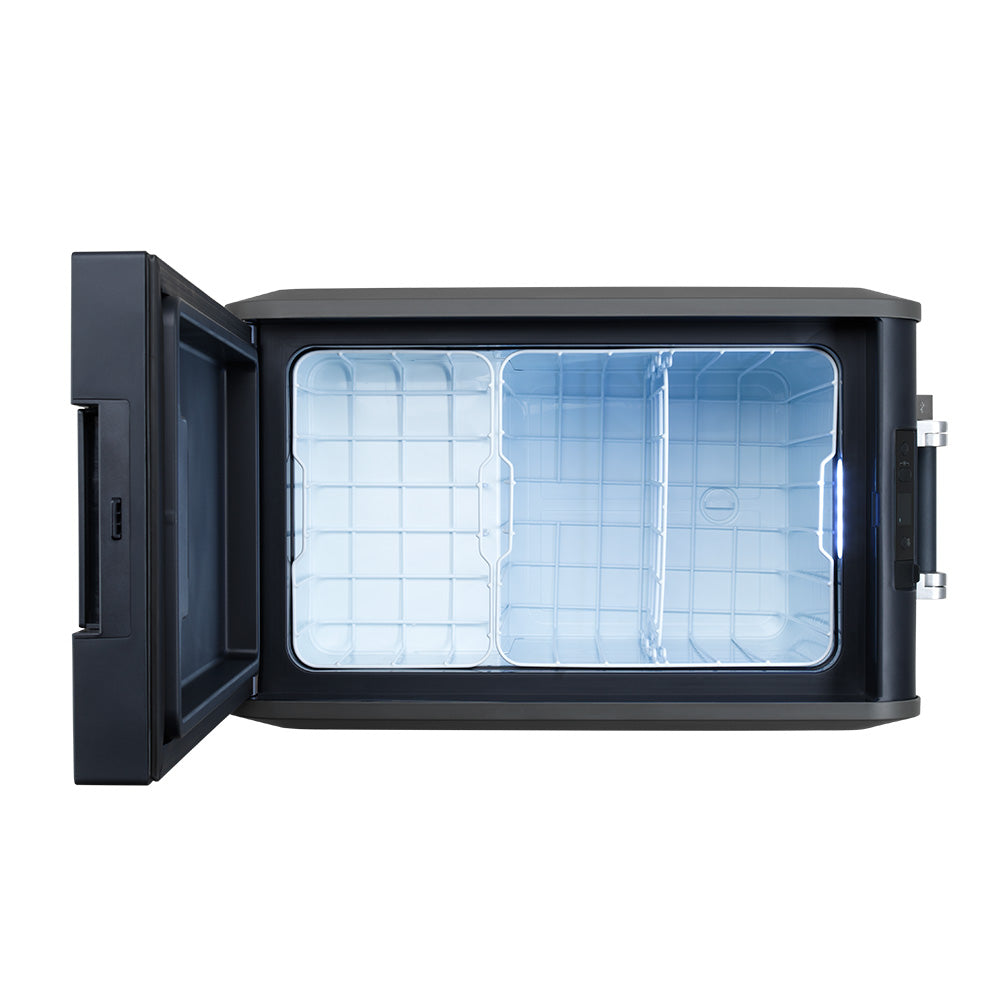
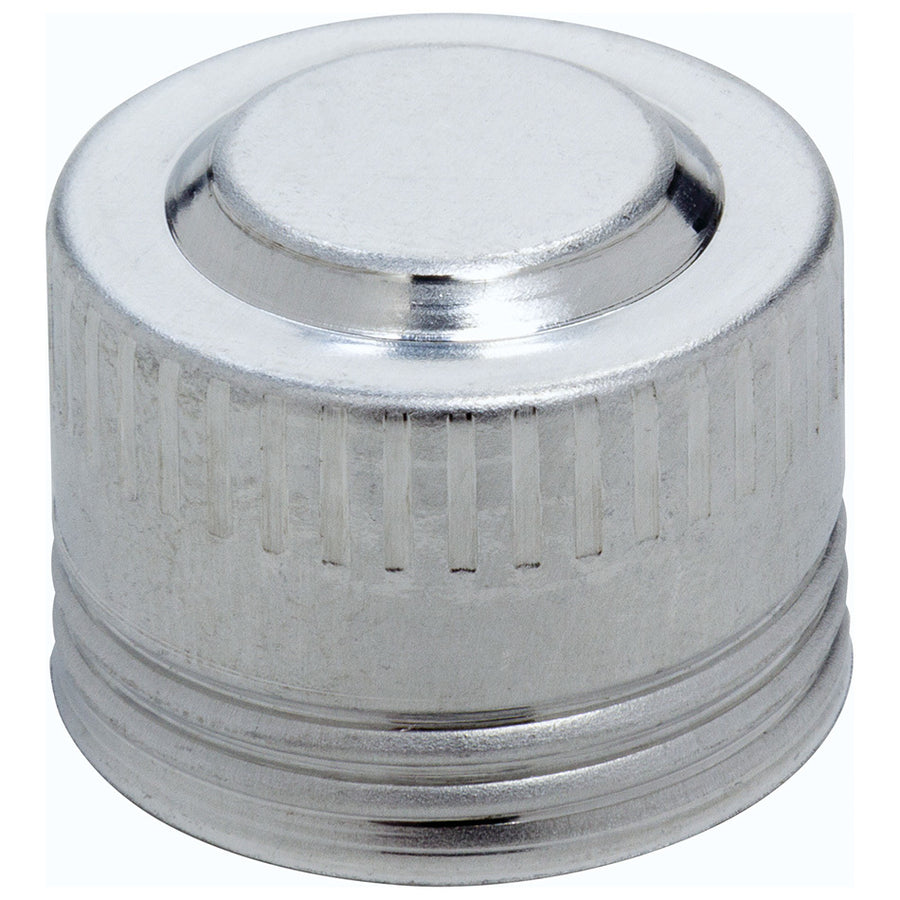
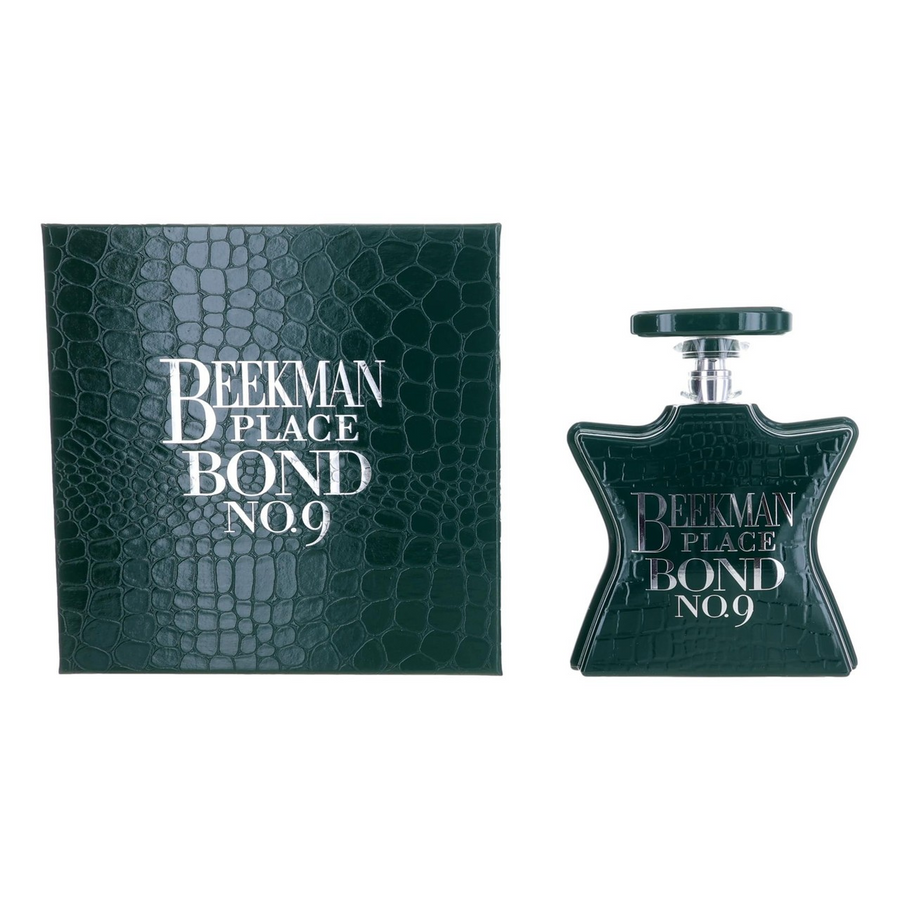

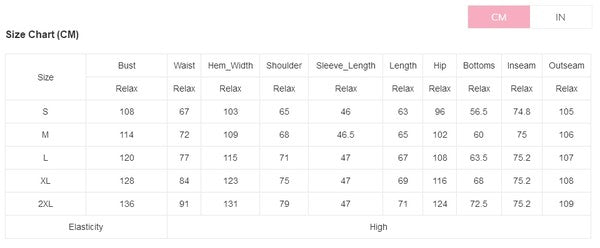



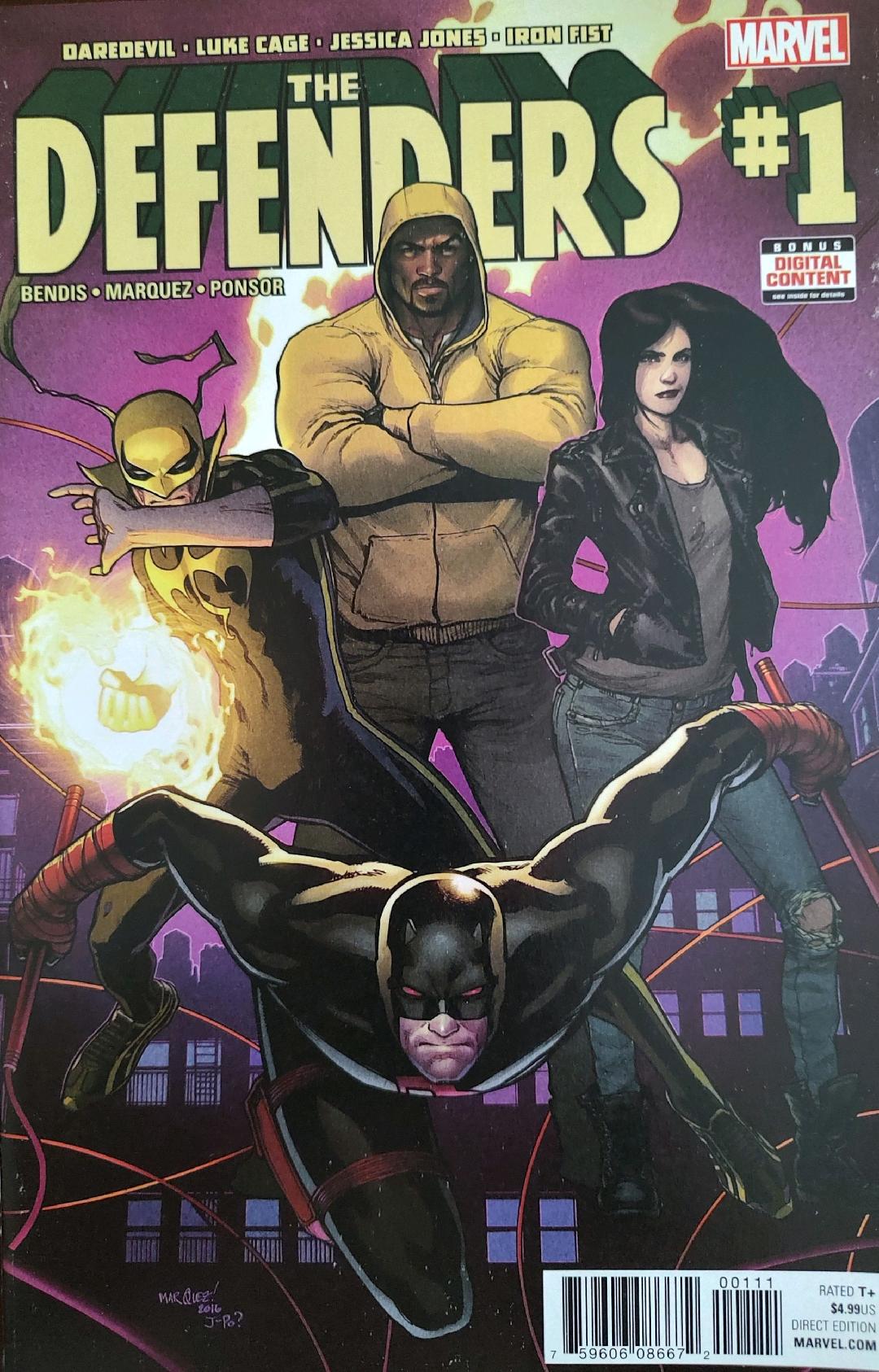


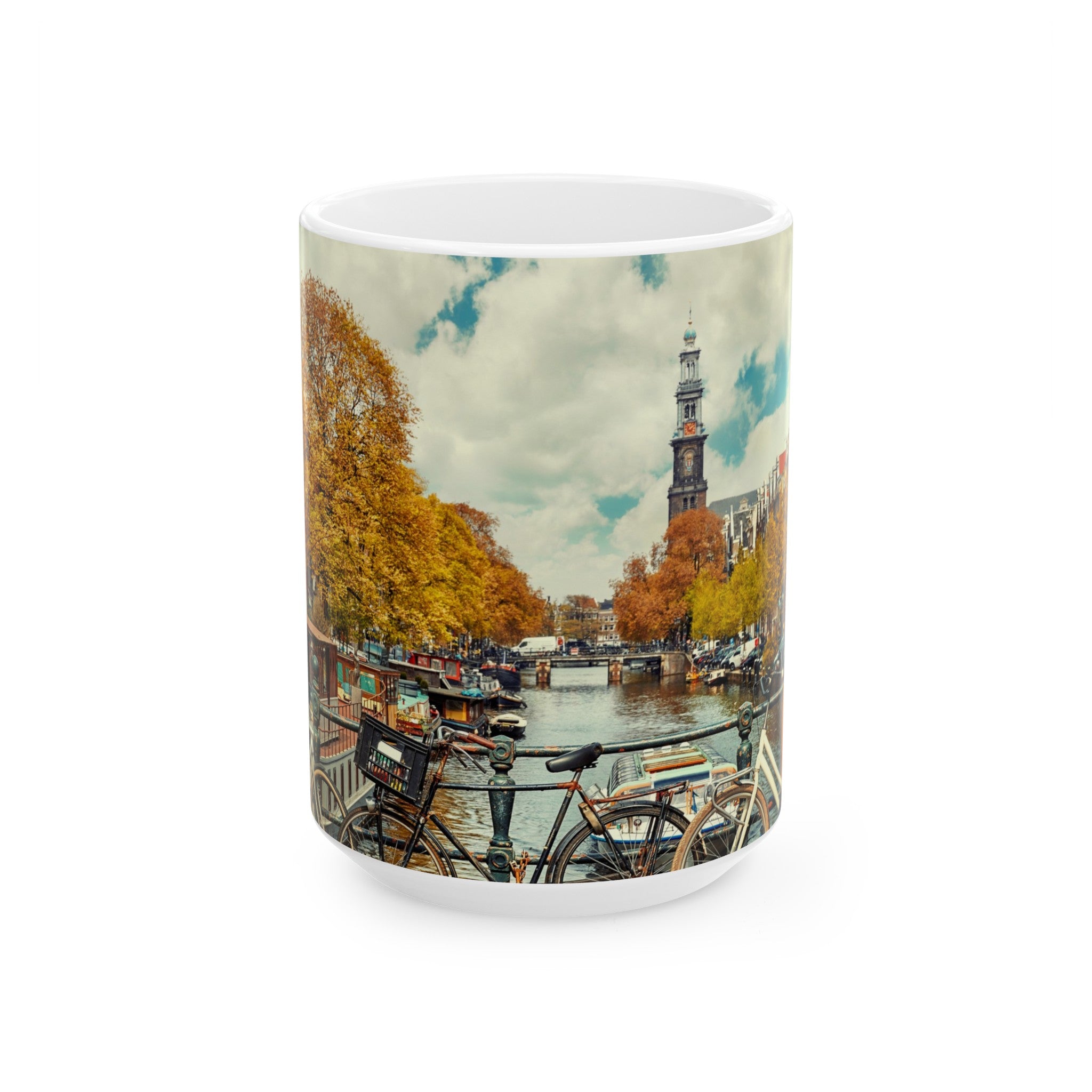
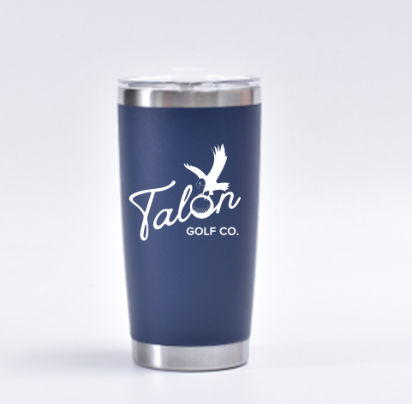


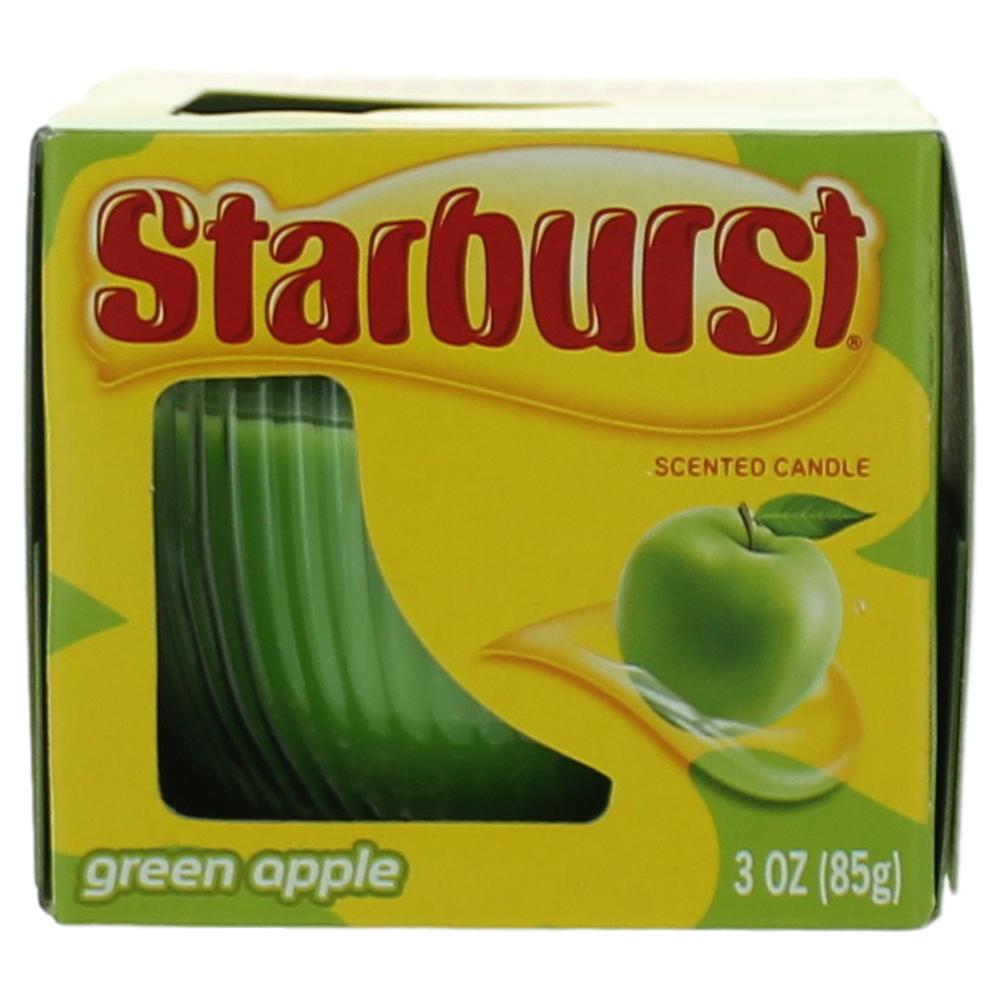
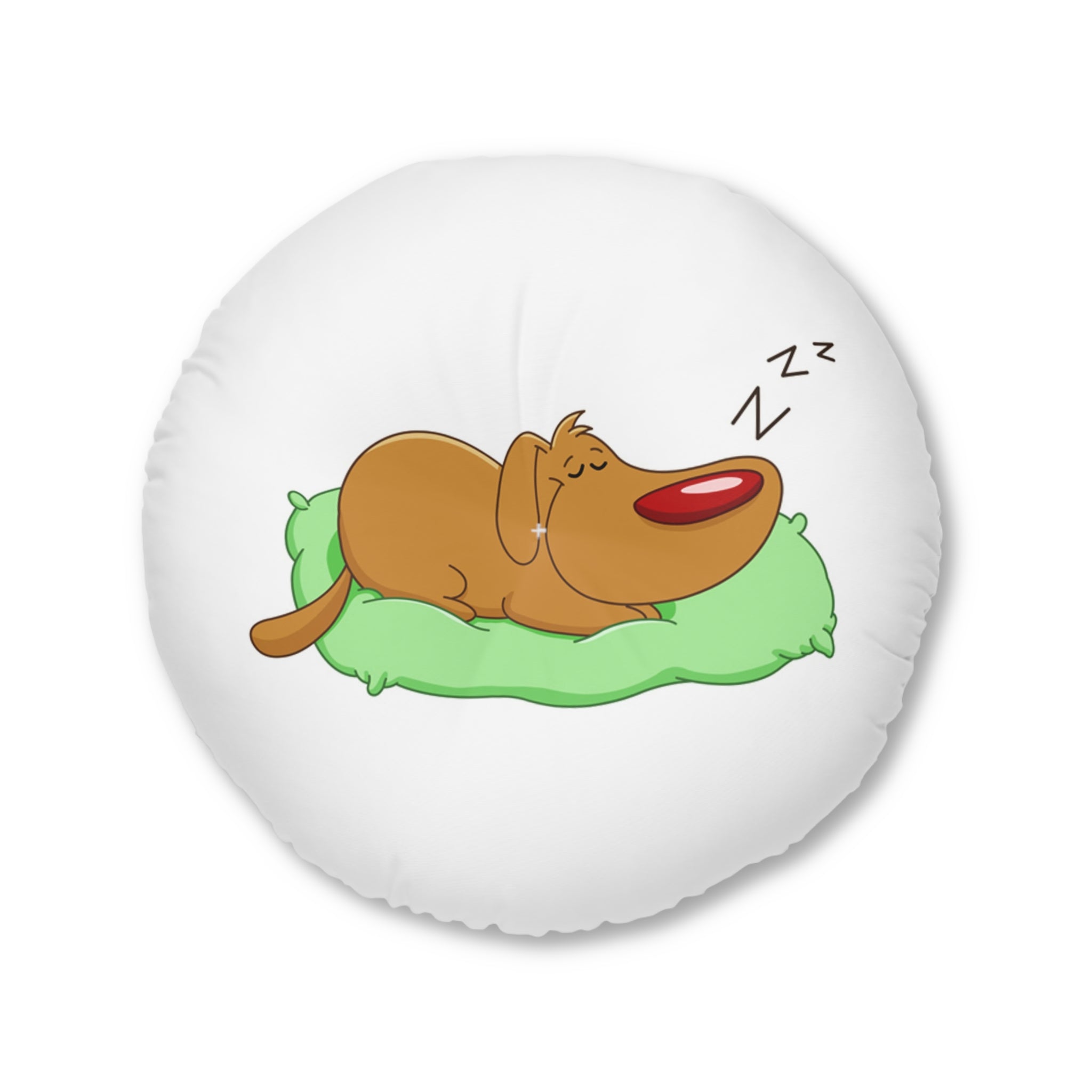
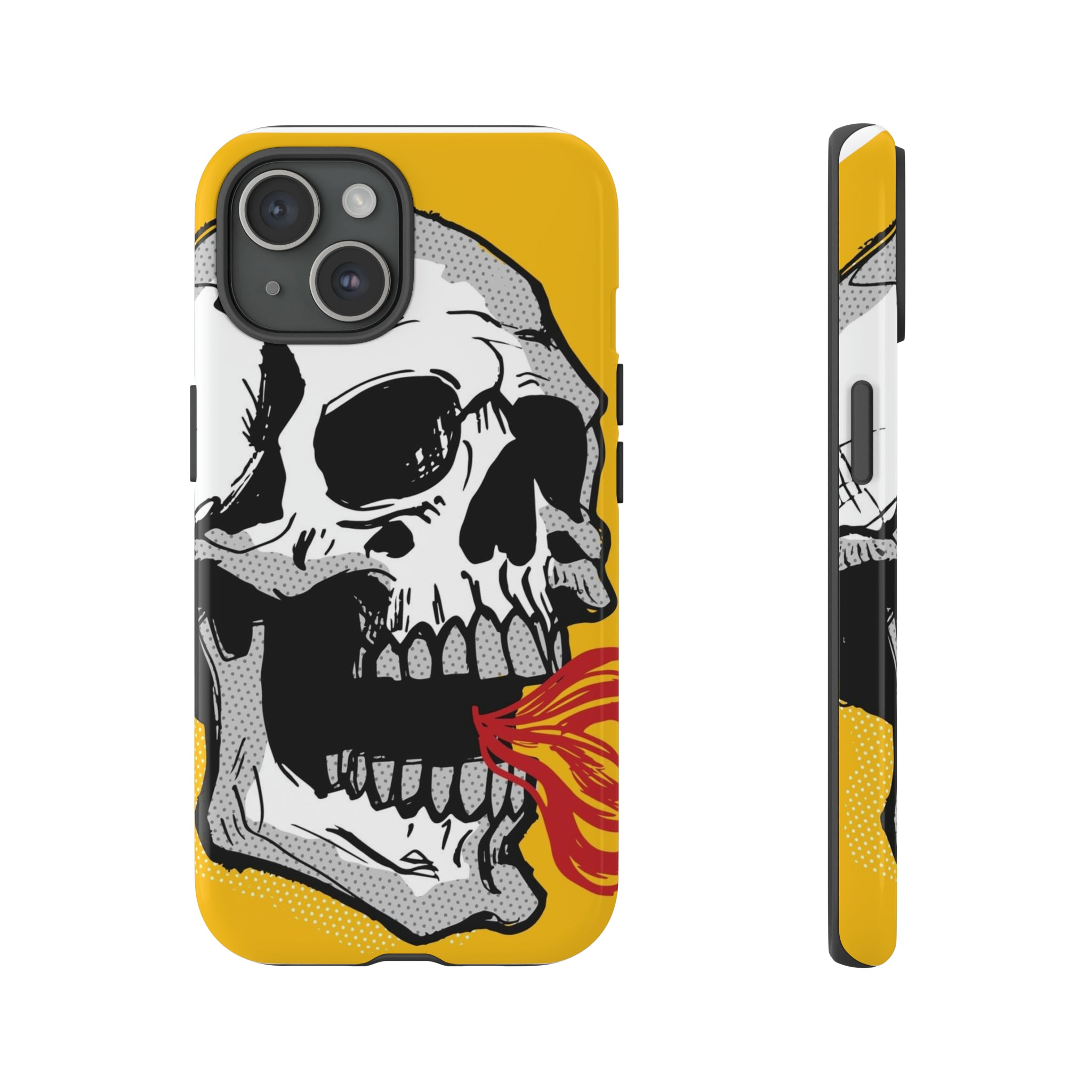
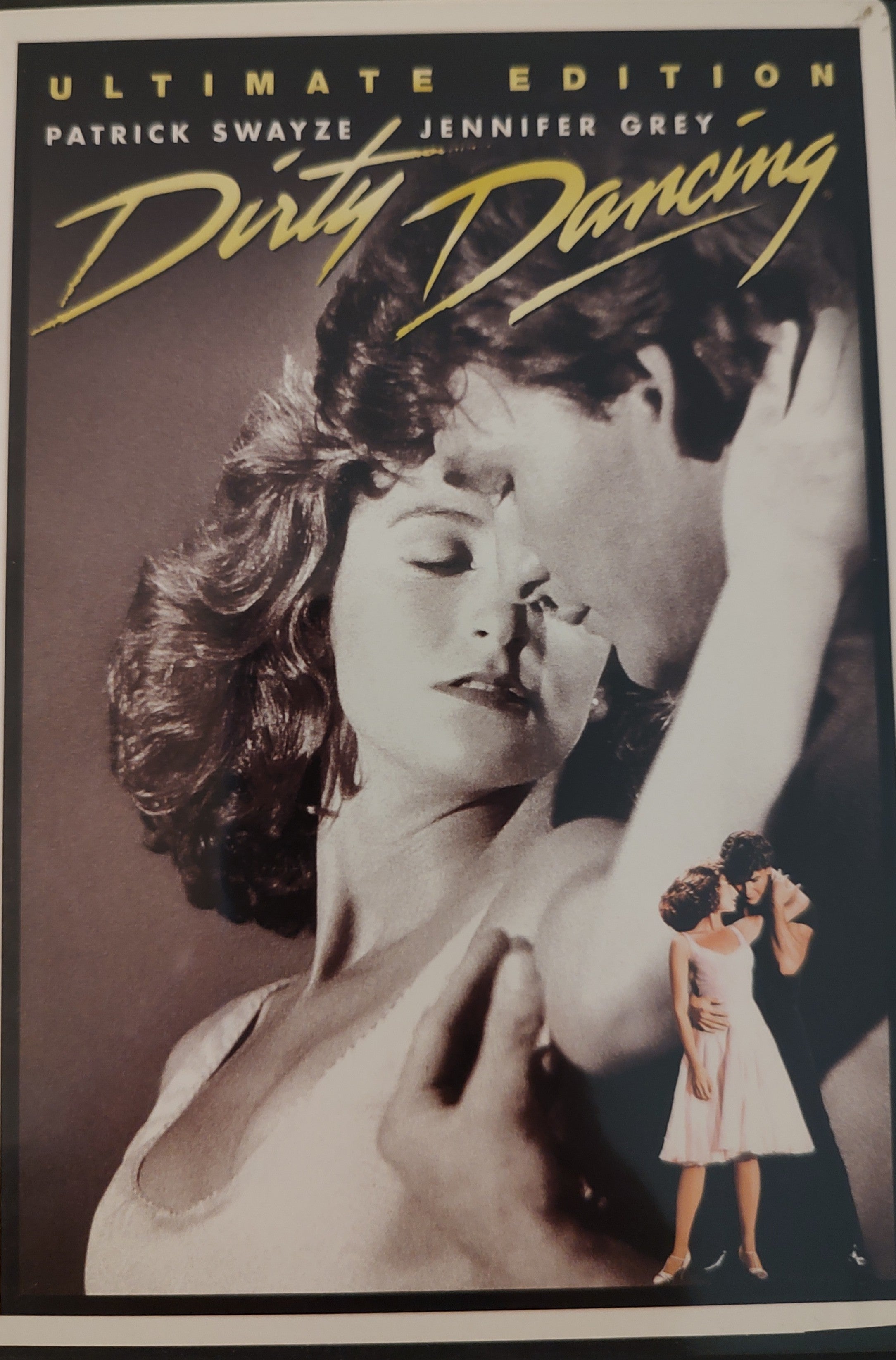
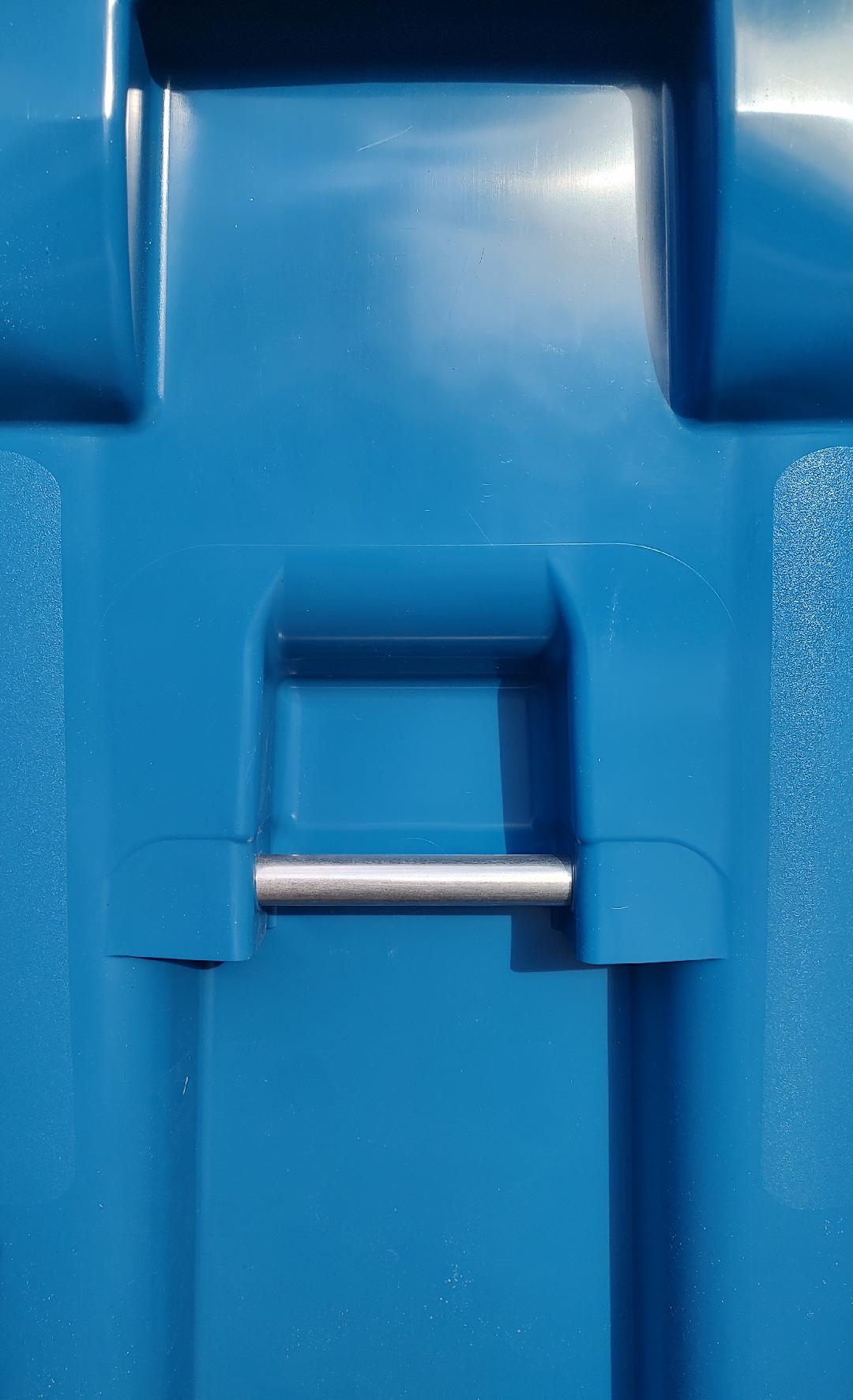







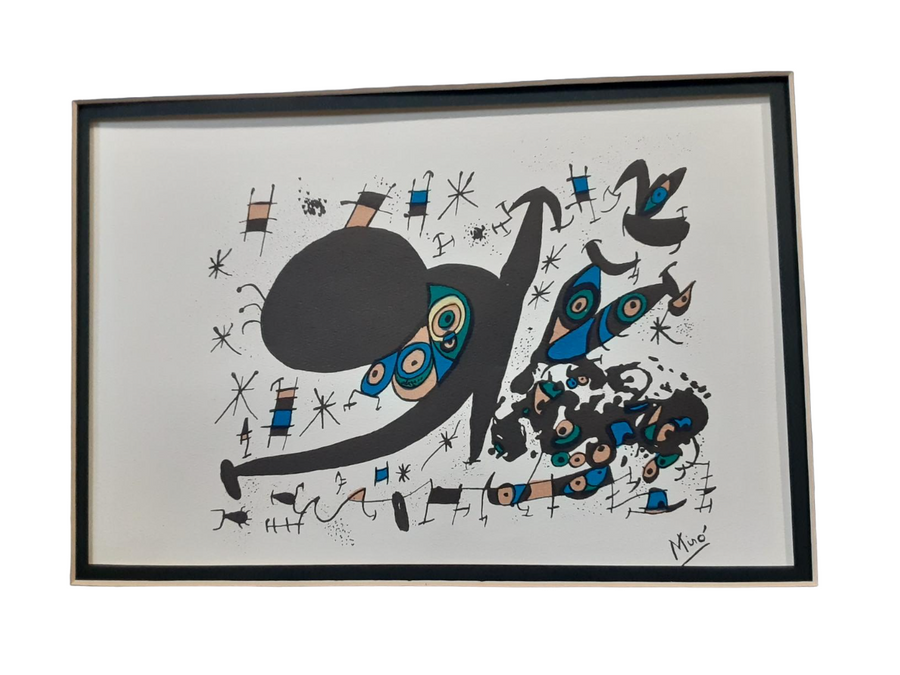
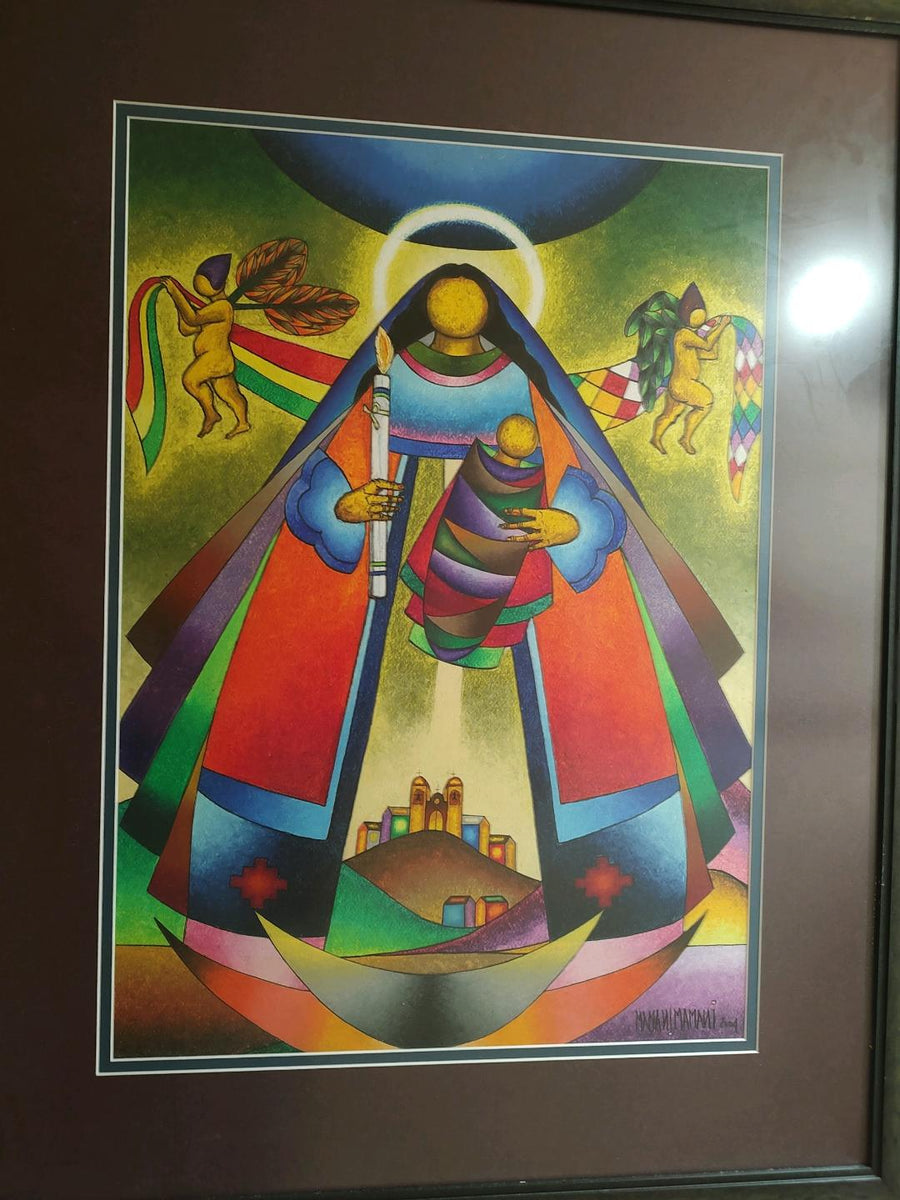
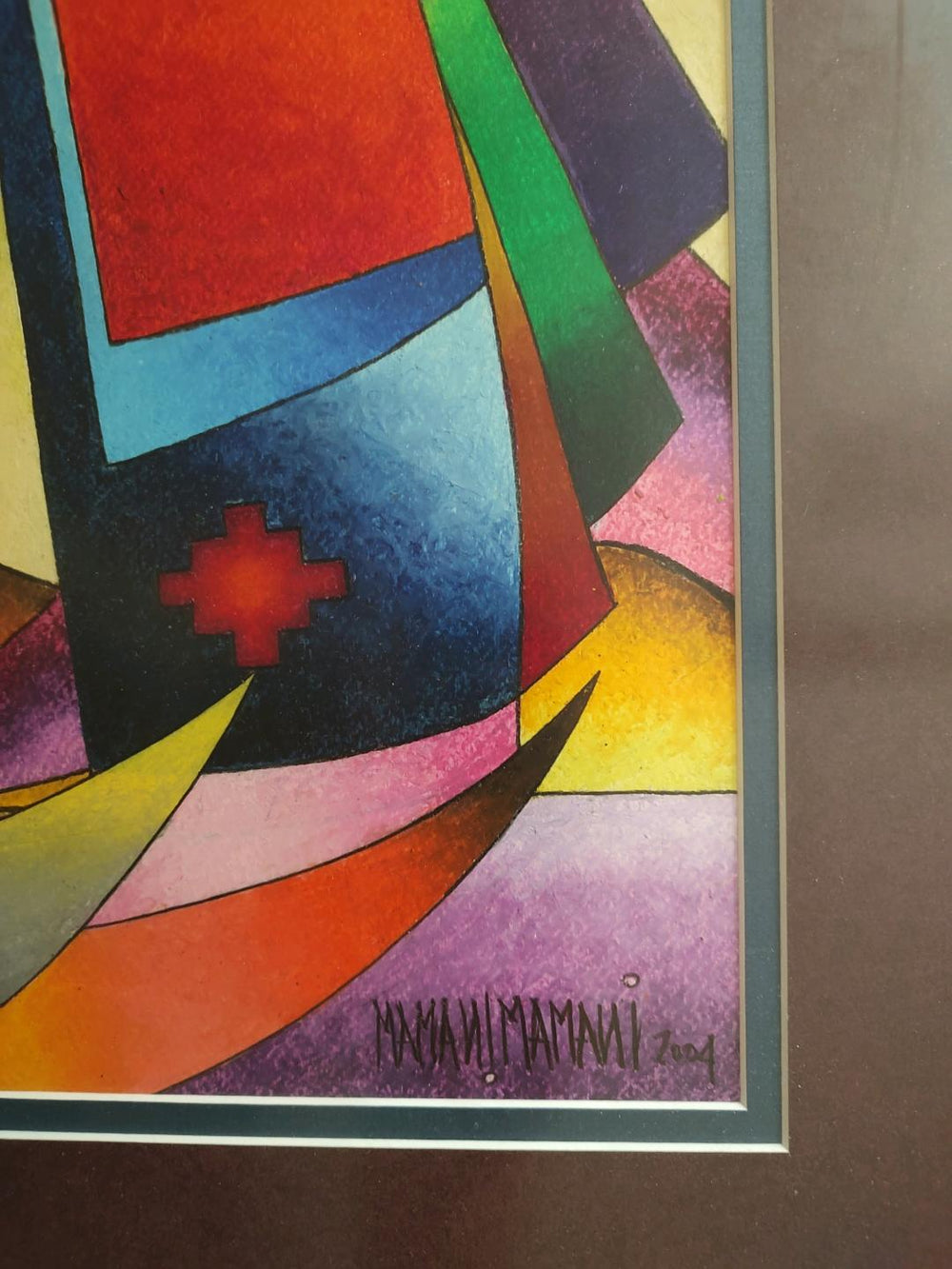
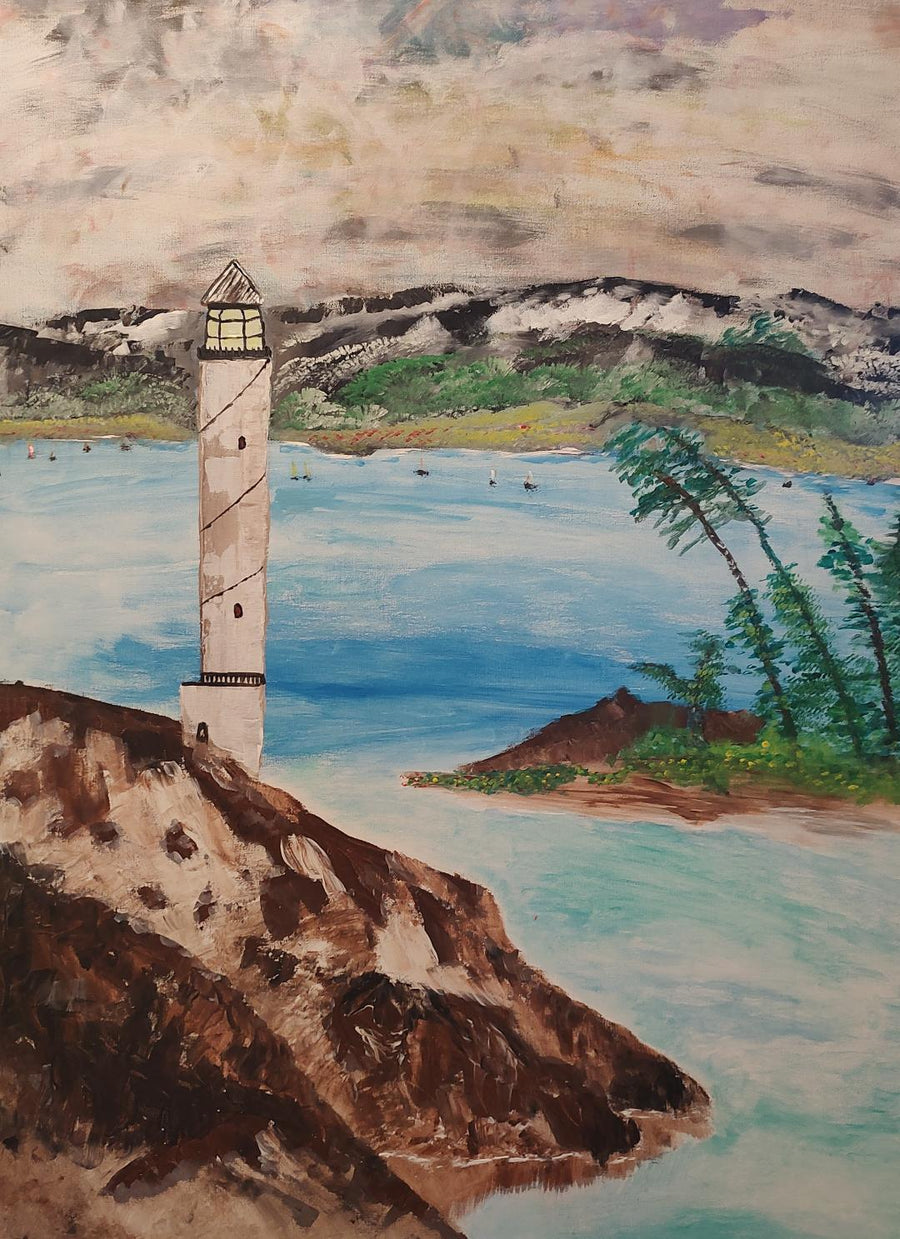
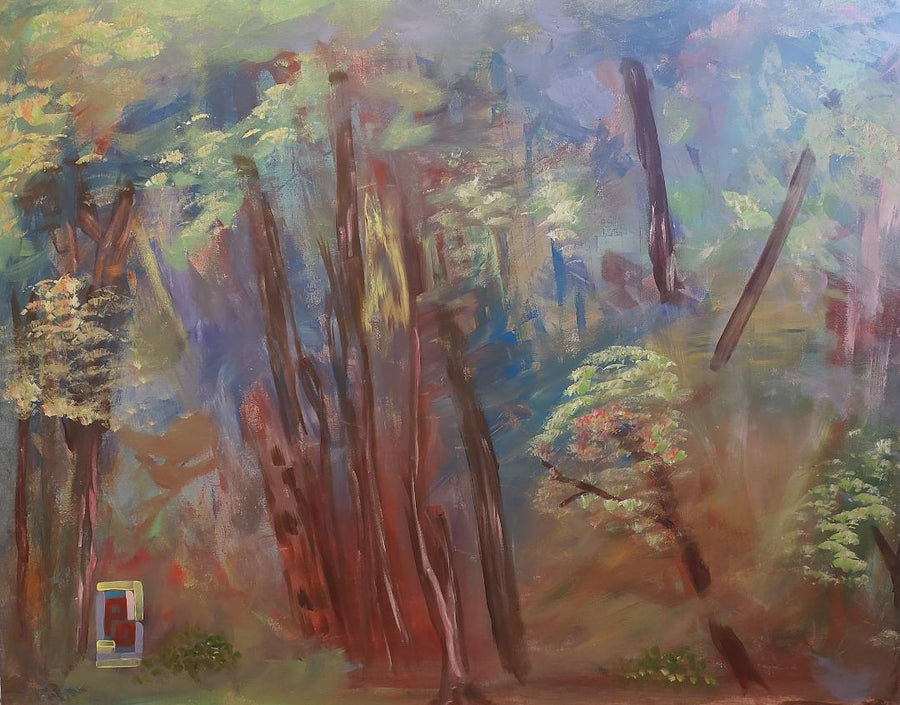
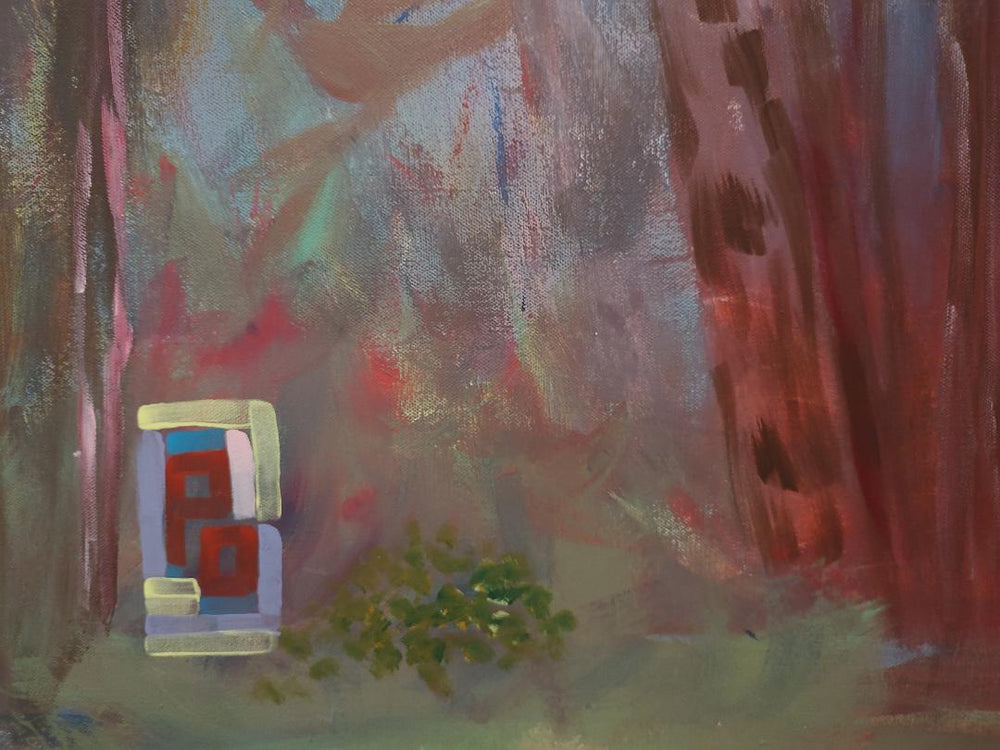
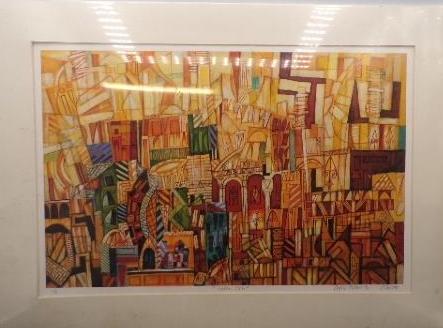
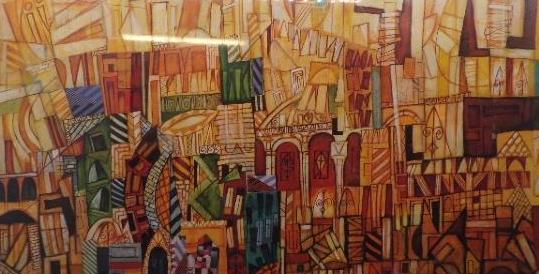
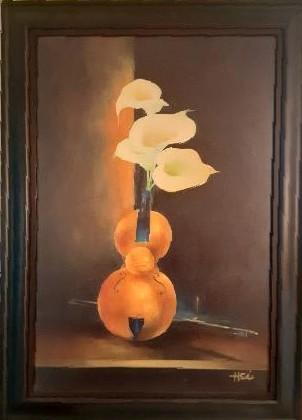
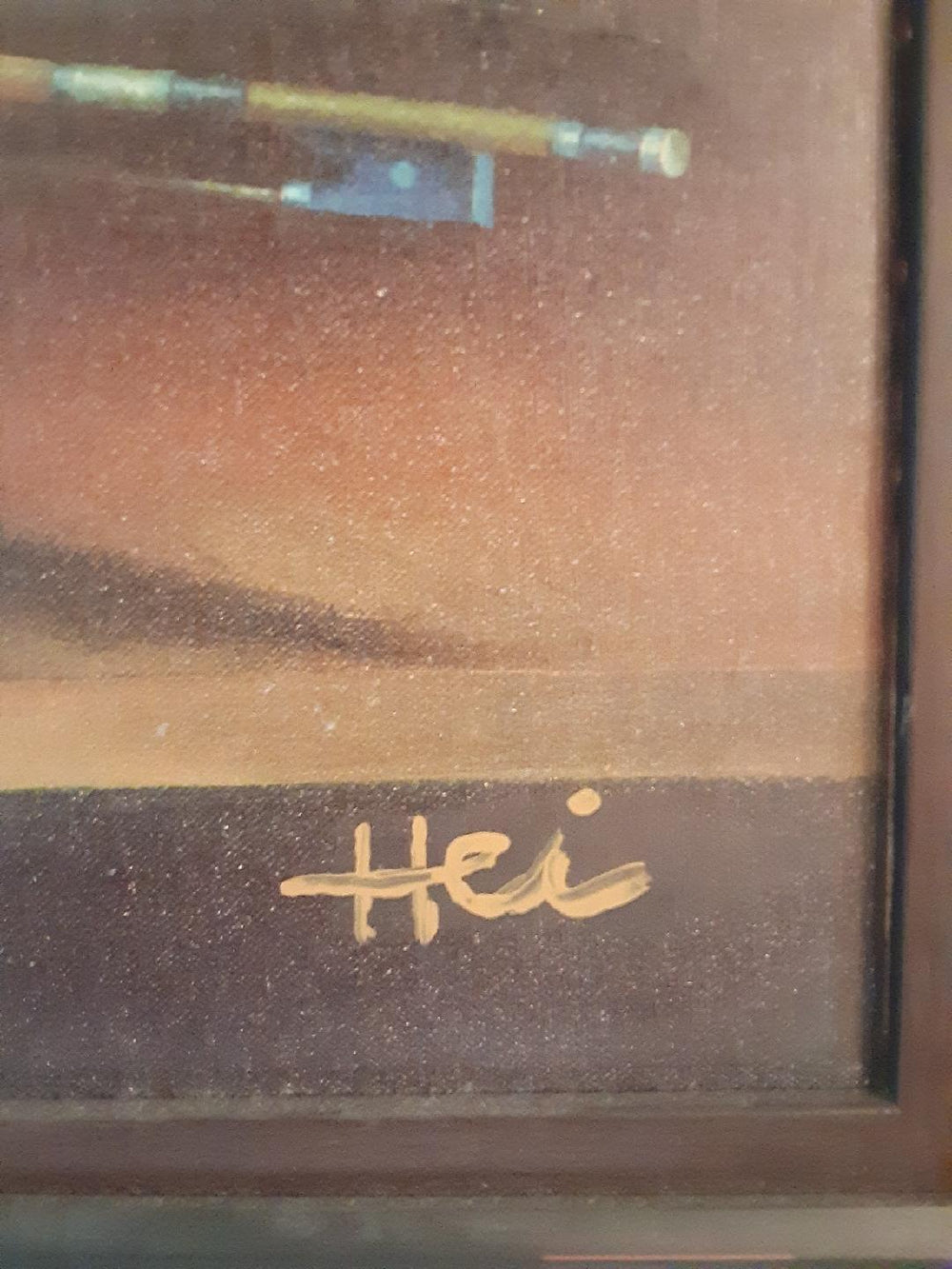
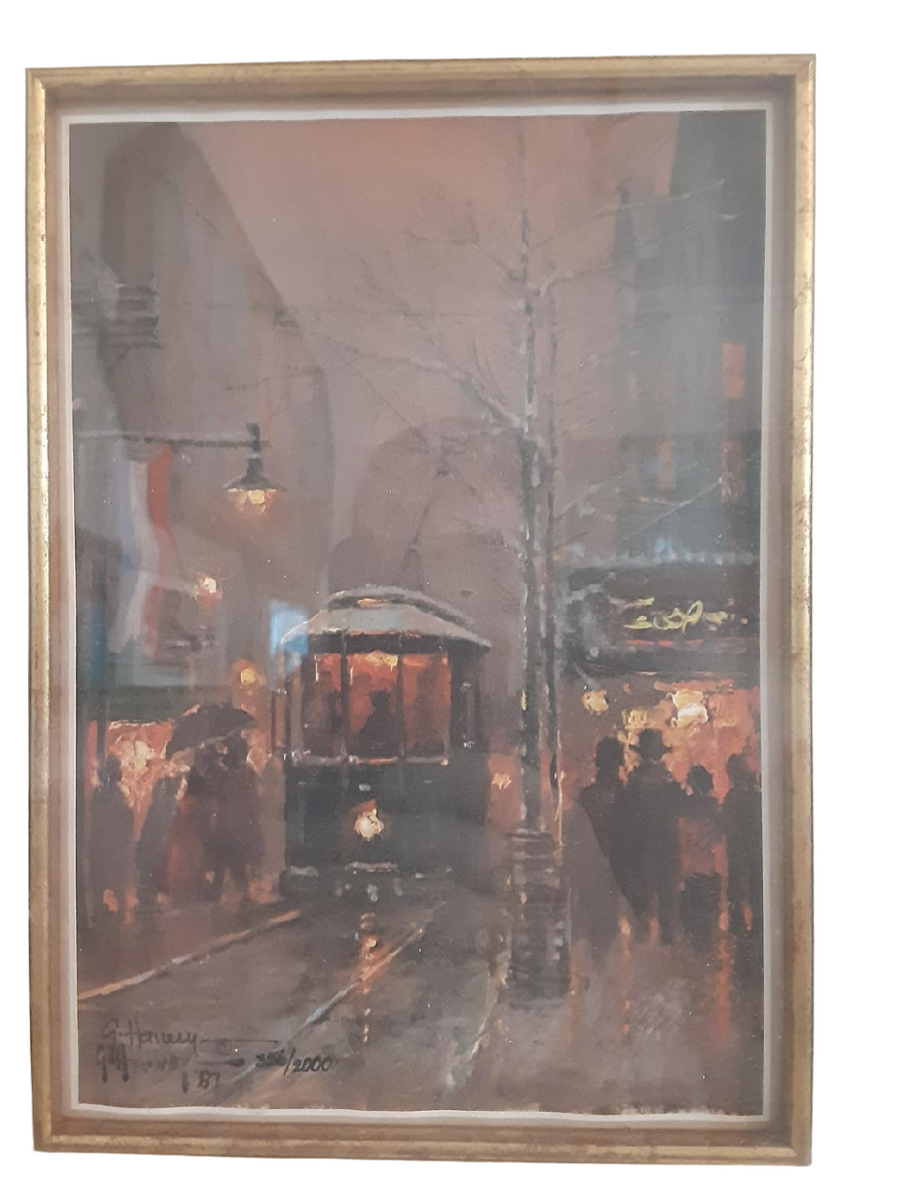
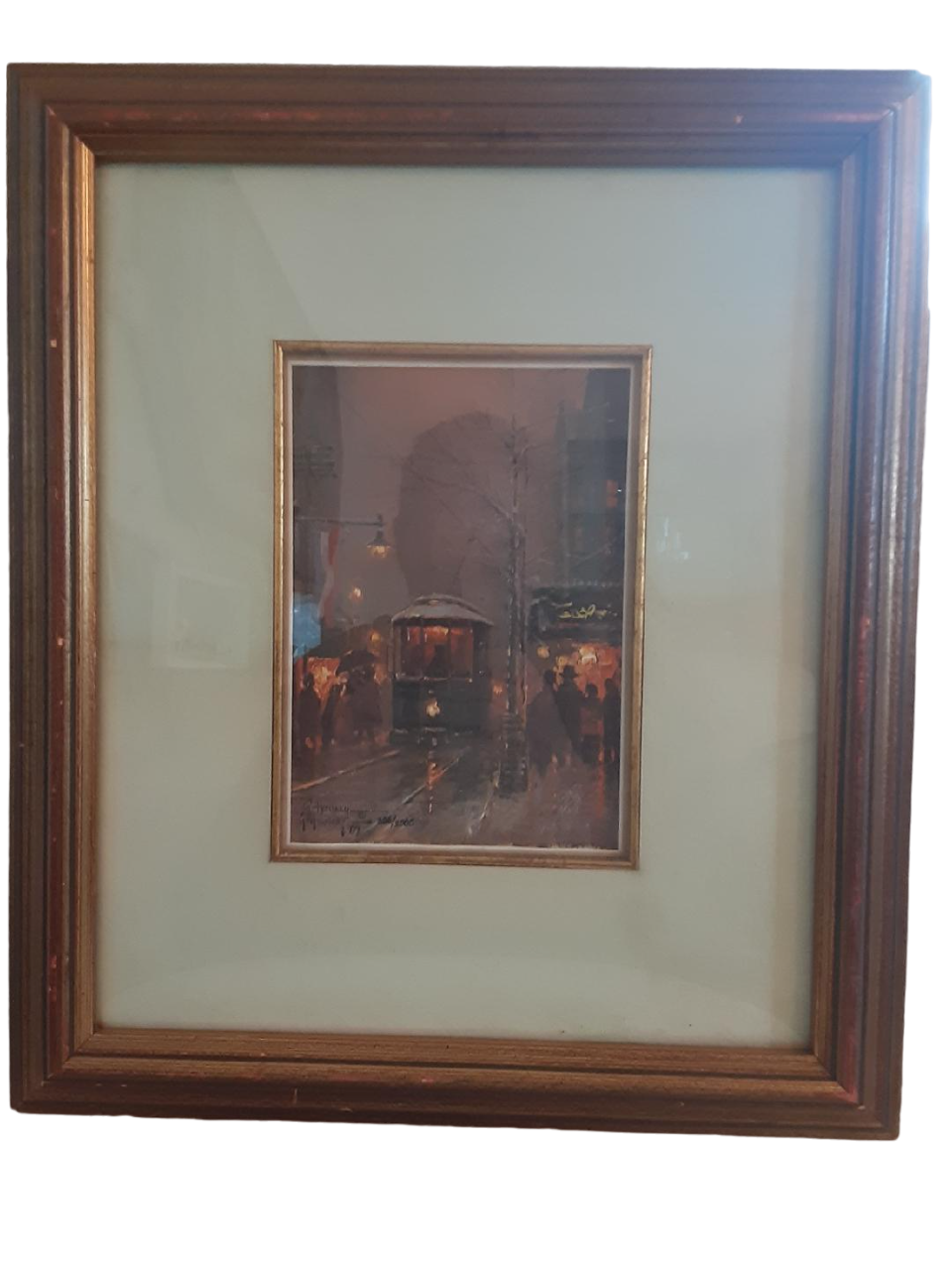
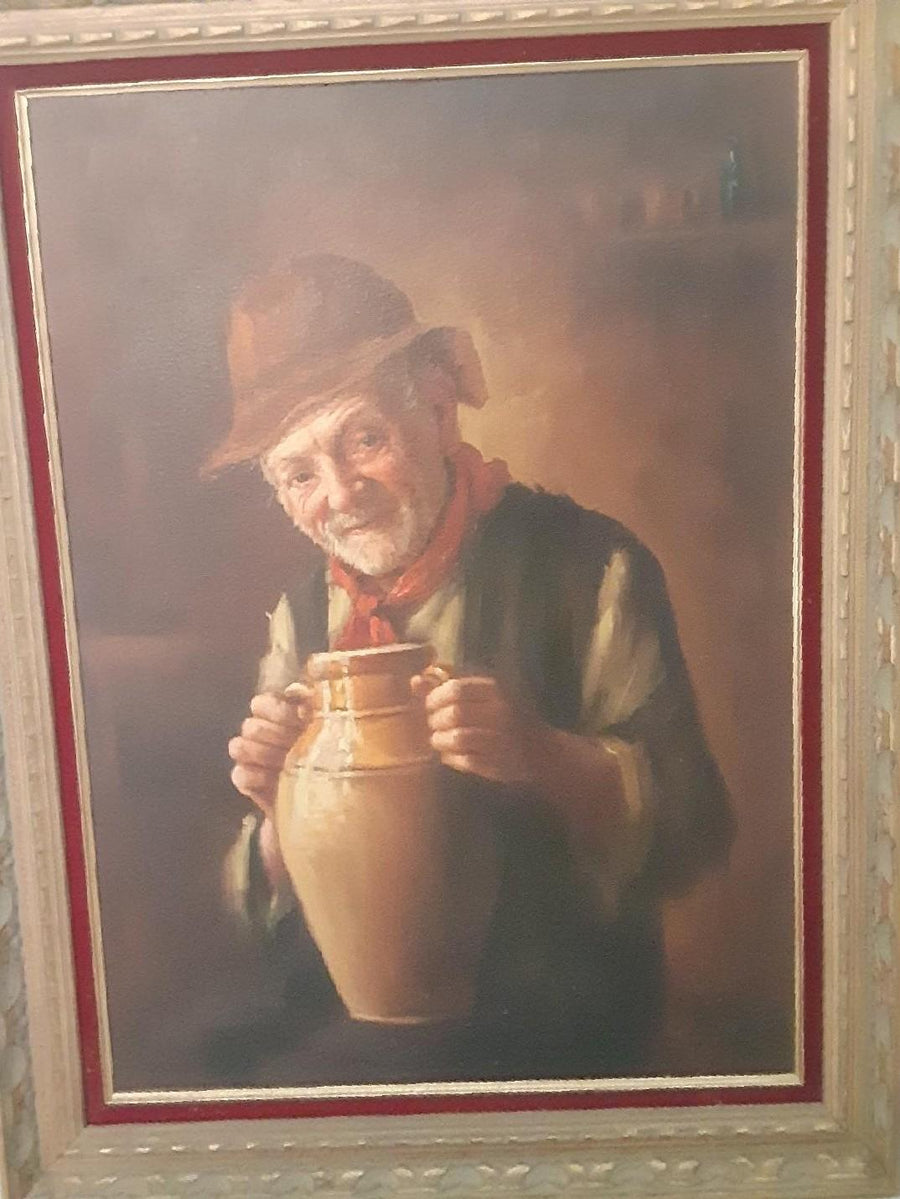
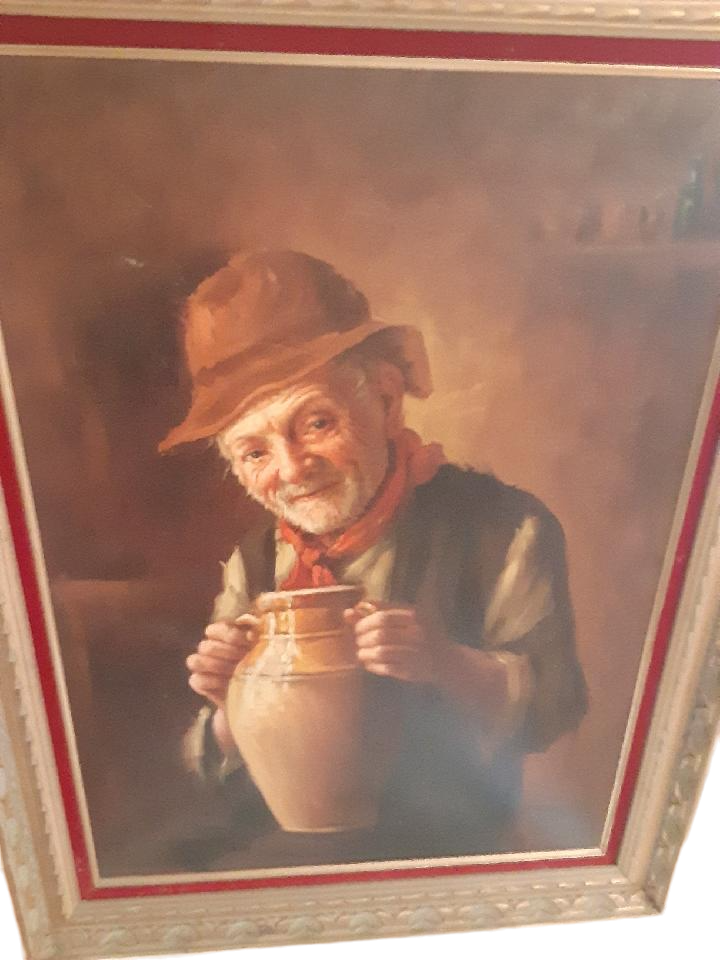
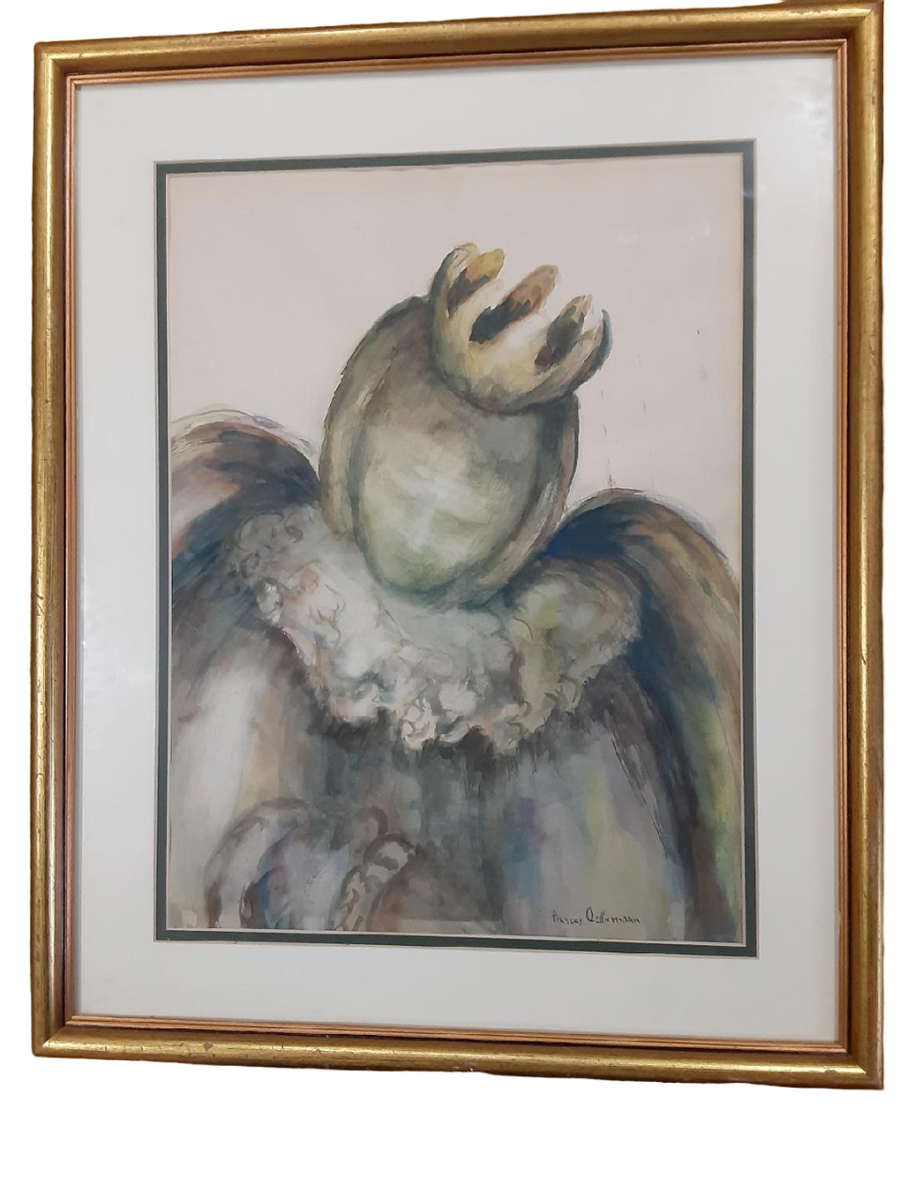
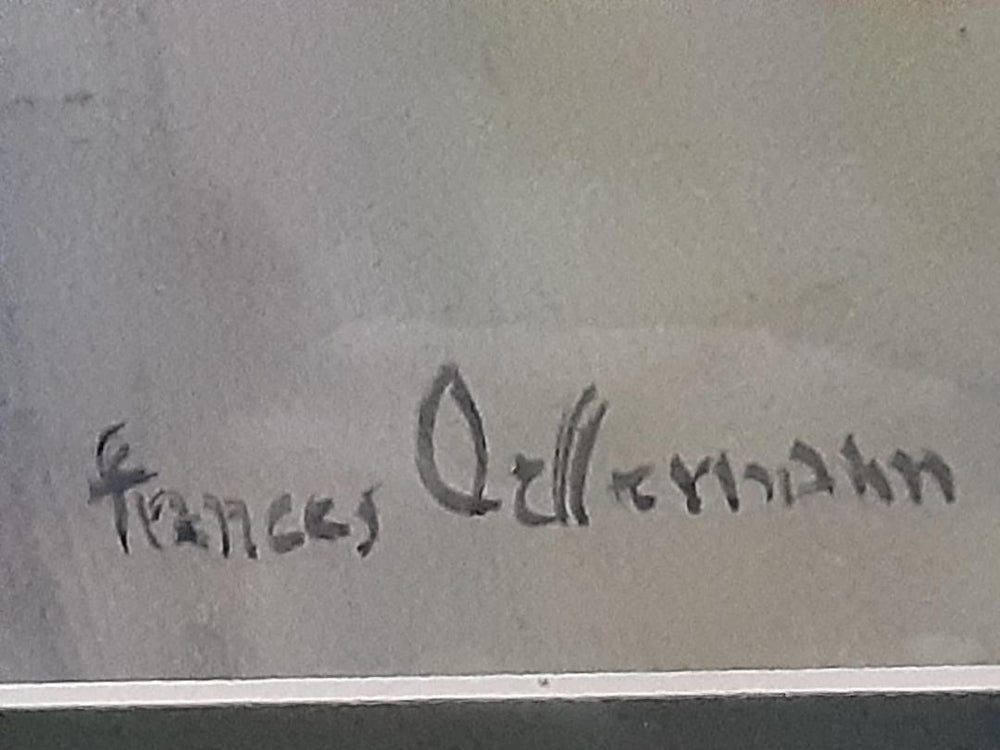
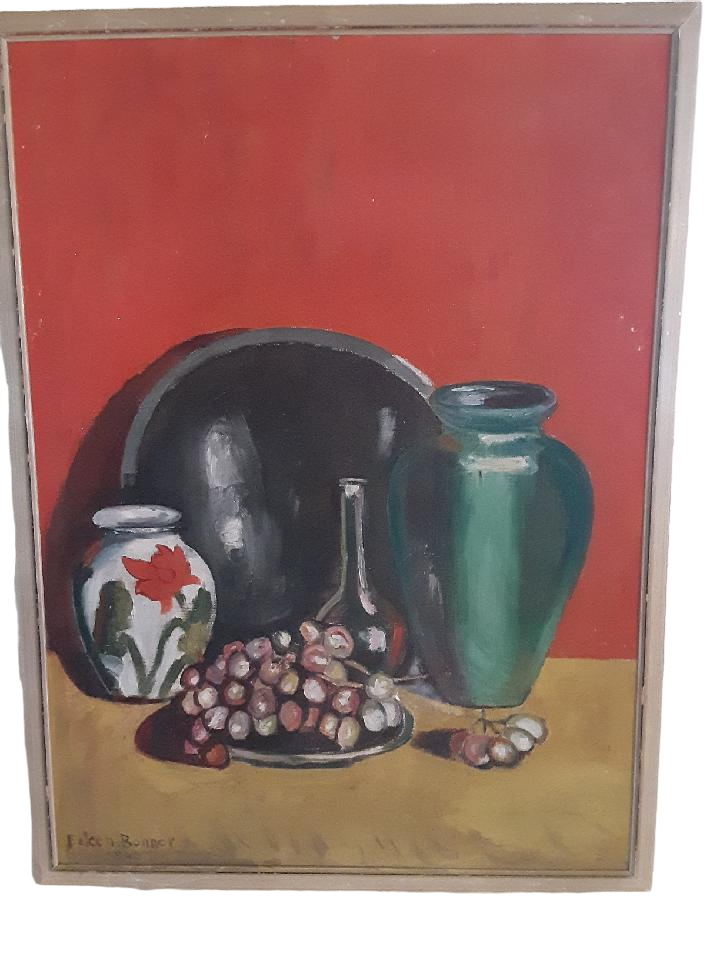
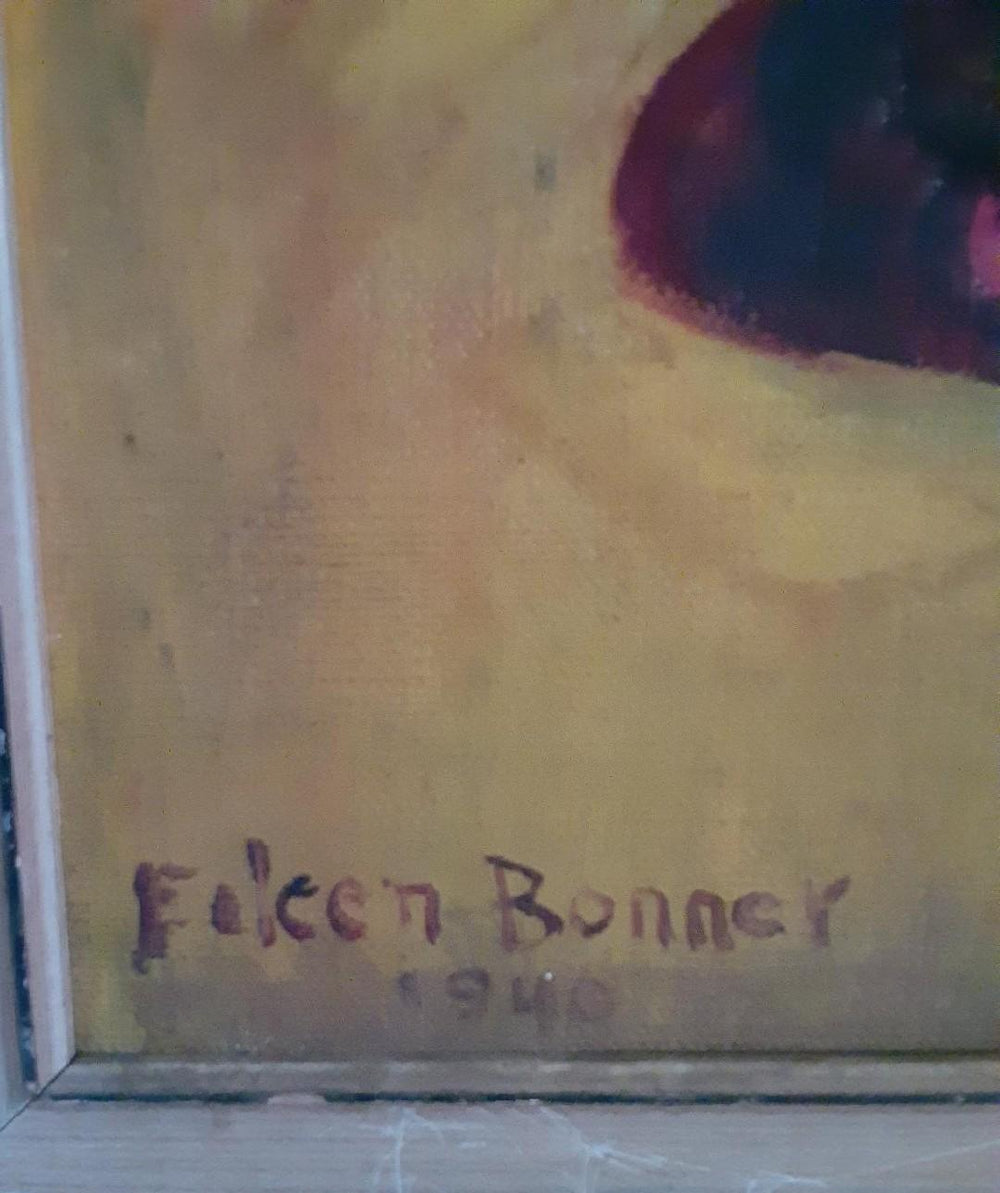
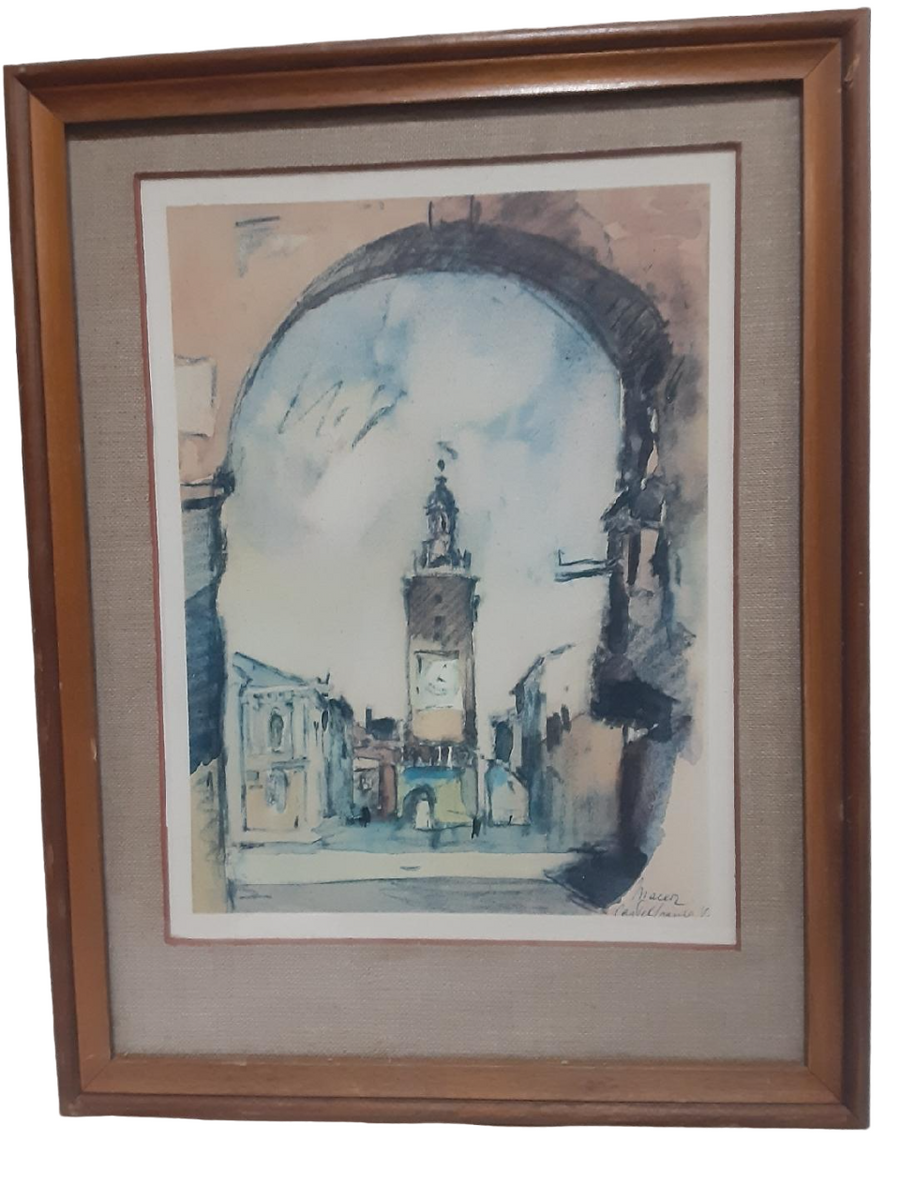
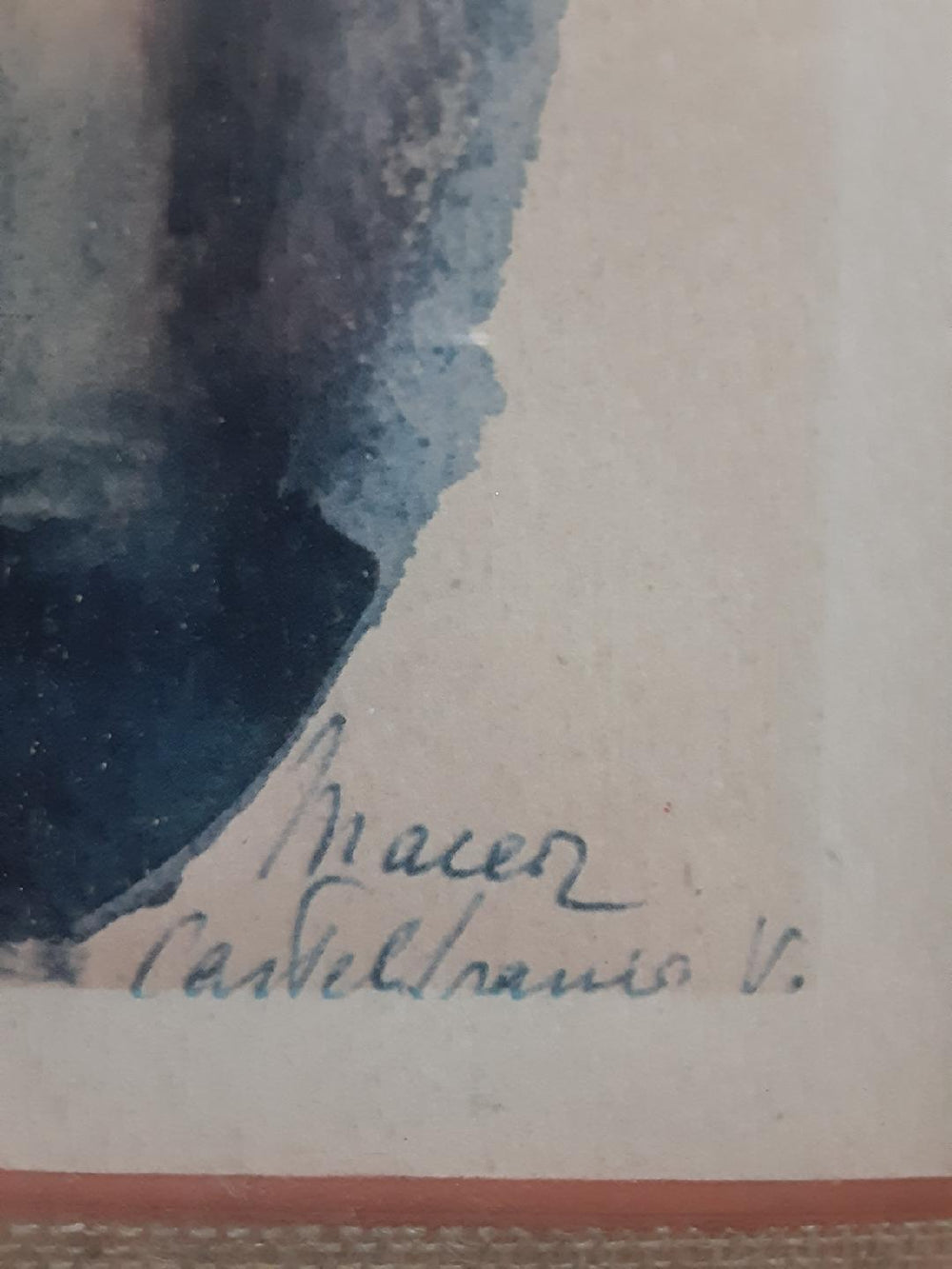
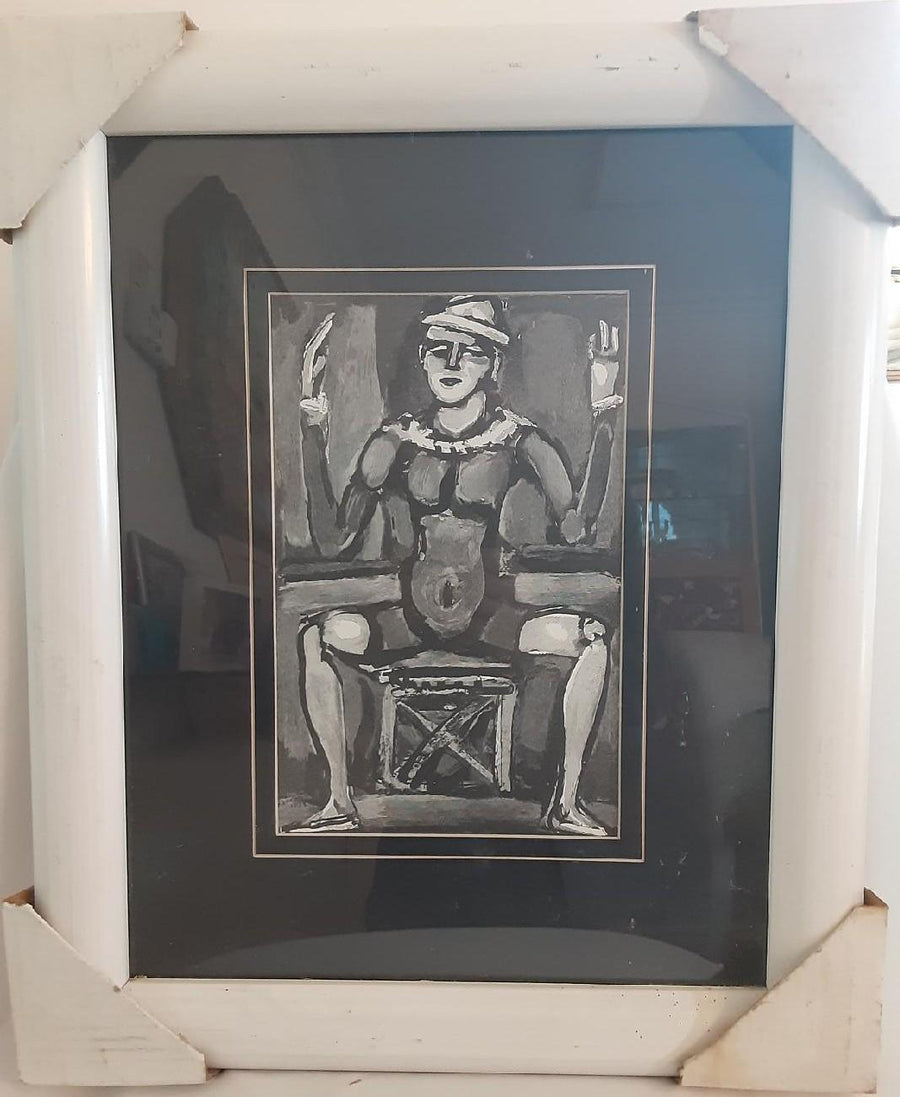
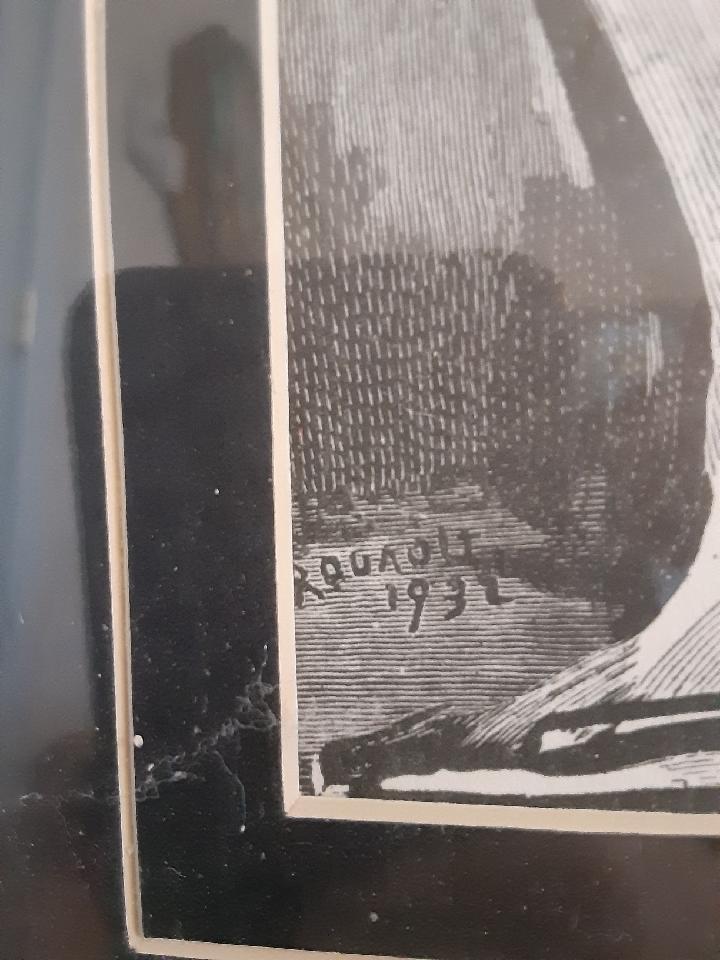

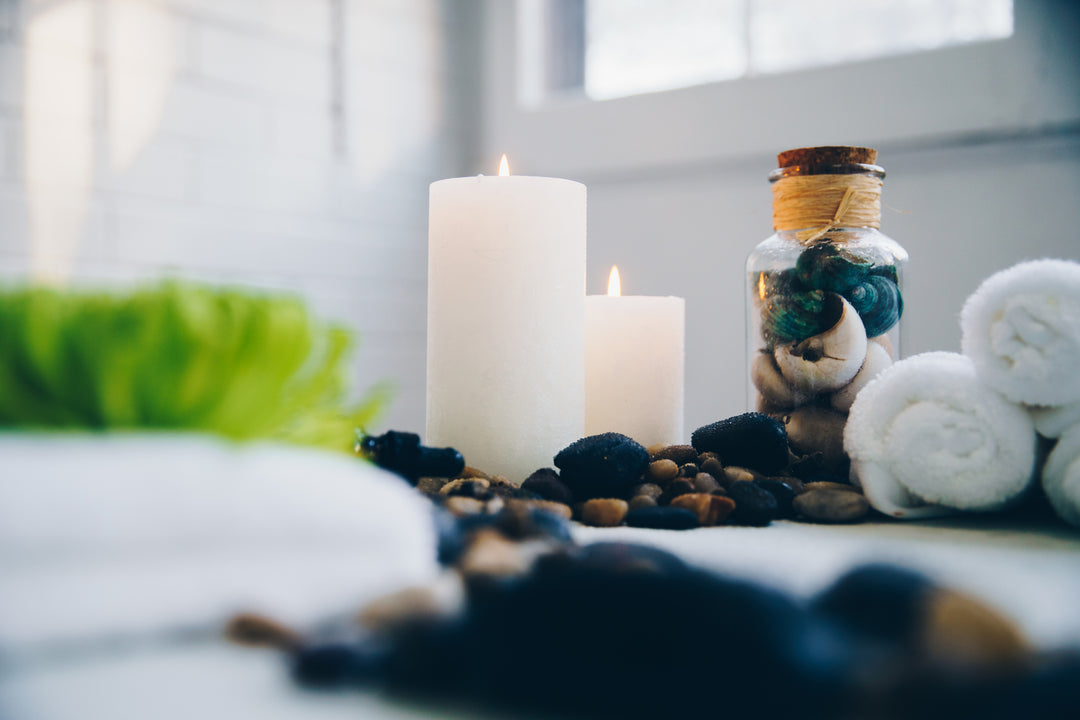
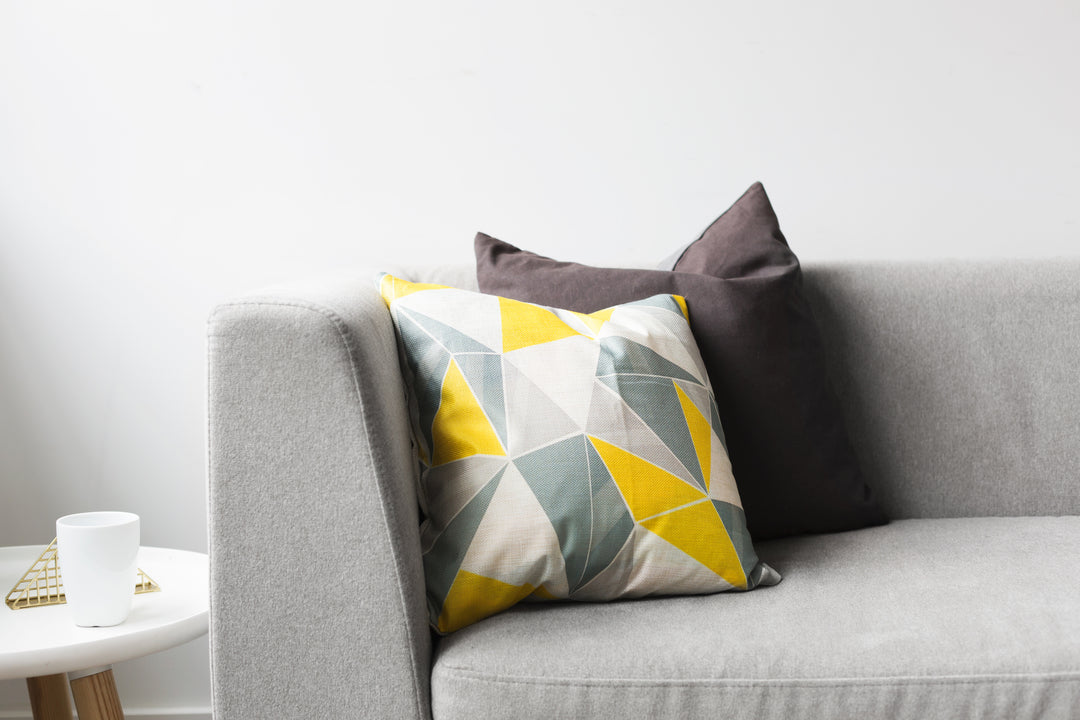
Leave a comment